Sodium-ion Battery Market Outlook:
Sodium-ion Battery Market size was over USD 433.86 million in 2025 and is anticipated to cross USD 2.41 billion by 2035, witnessing more than 18.7% CAGR during the forecast period i.e., between 2026-2035. In the year 2026, the industry size of sodium-ion battery is assessed at USD 506.88 million.
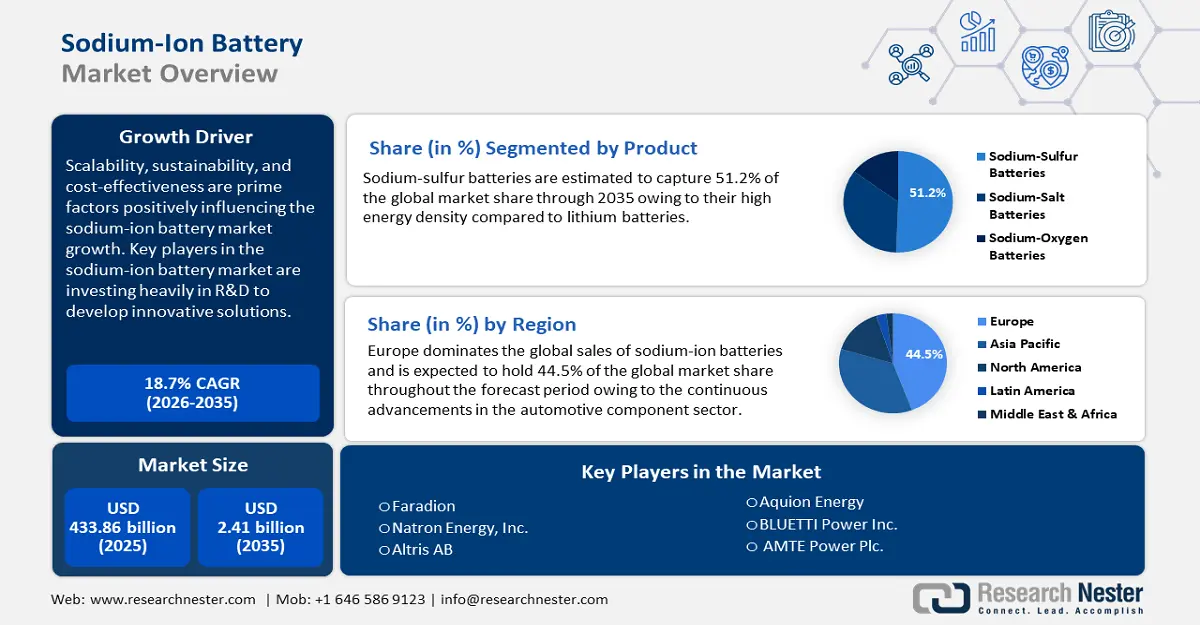
The global demand for sodium-ion batteries is primarily driven by their scalability, sustainability, and cost-effectiveness. The emergence of sodium-ion batteries as an eco-friendly alternative to lithium-ion batteries is expected to make them a key energy storage solution in the coming years.
Key players in the sodium-ion battery market and research organizations are collaborating to develop advanced sodium-ion battery solutions. Leading companies are also investing heavily in research and development activities to develop high-performance sodium-ion batteries. For instance, according to an analysis by scientists and engineers from Polymer Science and Materials Chemistry, sodium-ion (Na-ion) batteries are emerging as a potential disruptor of lithium-ion batteries and are expected to outpace solid-state batteries and solid-anode batteries in the coming 10 years.
The majority of governments across the world are emphasizing the sustainability trend and this is pushing the demand for eco-friendly energy storage solutions such as sodium-ion batteries. The growing popularity of electric vehicles in the view to reduce carbon footprint is also driving the sales of sodium-ion batteries as a promising powering solution to these vehicles as they aid in quick charging and mitigating greenhouse emissions.
Key Sodium-ion Battery Market Insights Summary:
Regional Highlights:
- Europe sodium-ion battery market will account for 44.50% share by 2035, driven by the presence of key market players and supportive EU policies.
Segment Insights:
- The sodium-sulfur batteries segment in the sodium-ion battery market is projected to achieve significant growth till 2035, driven by their high energy density and use in energy storage applications.
Key Growth Trends:
- Rising use of sodium-ion batteries in automobiles
- Abundance of sodium compared to lithium
Major Challenges:
- Low energy density creating suitability issues
- The emergence of alternative high-performance materials
Key Players: Faradion Limited, CATL (Contemporary Amperex Technology Co., Limited), Natron Energy, Inc., Tiamat Energy, HiNa Battery Technology Co., Ltd., Altris AB, Aquion Energy, Inc., Farasis Energy, Inc., Northvolt AB, Sodium Battery Systems, Inc.
Global Sodium-ion Battery Market Forecast and Regional Outlook:
Market Size & Growth Projections:
- 2025 Market Size: USD 433.86 million
- 2026 Market Size: USD 506.88 million
- Projected Market Size: USD 2.41 billion by 2035
- Growth Forecasts: 18.7% CAGR (2026-2035)
Key Regional Dynamics:
- Largest Region: Europe (44.5% Share by 2035)
- Fastest Growing Region: Asia Pacific
- Dominating Countries: China, United States, Germany, Japan, South Korea
- Emerging Countries: China, India, Brazil, Mexico, Japan
Last updated on : 18 September, 2025
Sodium-ion Battery Market Growth Drivers and Challenges:
Growth Drivers
- Rising use of sodium-ion batteries in automobiles: One of the prime factors augmenting the sales of sodium-ion batteries is the increasing popularity of environmentally friendly energy storage solutions. The growing importance of renewable energy sources worldwide is fuelling the demand for sustainable and efficient energy storage technologies such as sodium-ion batteries.
Several industries including automotive, consumer electronics, and marine are adopting sustainable manufacturing practices that are further promoting the sales of sodium-ion batteries. For instance, in December 2022, Faradion installed its first sodium-ion battery at a trial site in Australia. This move is increasing the use of Faradion’s sodium-ion batteries across residential, commercial, and industrial sectors in Australia. - Abundance of sodium compared to lithium: The high reserves of sodium across several countries are making a smooth way for advancements in sodium-ion battery technology. For instance, according to a report by the Observatory of Economic Complexity, in 2022, France, Nigeria, China, the UK, and Australia were the top importers of sodium.
Lithium is limited to certain regions that make disturbances in supply chain management due to various reasons including geo-political tensions. The abundance of sodium is driving the development and commercialization of sodium-ion batteries. This also makes sodium-ion batteries cost-effective and the most sought-after energy storage solutions in automotive, consumer electronics, and grid-level applications.
Challenges
- Low energy density creating suitability issues: The major factor that may limit the sales of sodium-ion batteries is their lower energy density; energy density refers to the amount of energy stored per unit volume. Sodium-ion batteries have lower gravimetric energy density compared to lithium-ion batteries. Electric vehicles (EVs) require high-density batteries to achieve long driving ranges, the suitability issue is anticipated to limit the use of sodium-ion batteries in EVs to some extent.
- The emergence of alternative high-performance materials: Prussian white and hard carbon are emerging as promising cathode and anode materials that can lead to the impressive cycling life of batteries. Long-term stability and durability of materials are essential for high-density storage systems. Thus, the rising availability of alternative high-performance materials such as Prussian white and hard carbon is expected to create challenges for sodium-based batteries.
Sodium-ion Battery Market Size and Forecast:
| Report Attribute | Details |
|---|---|
|
Base Year |
2025 |
|
Forecast Period |
2026-2035 |
|
CAGR |
18.7% |
|
Base Year Market Size (2025) |
USD 433.86 million |
|
Forecast Year Market Size (2035) |
USD 2.41 billion |
|
Regional Scope |
|
Sodium-ion Battery Market Segmentation:
Product Segment Analysis
Sodium-sulfur batteries segment is expected to dominate over 51.2% sodium-ion battery market share by 2035, owing to their efficient energy density. Sodium-sulfur batteries a type of molten salt battery possess energy density similar to lithium-ion batteries; this is pushing their demand across several industry verticals. Sodium-sulfur batteries are sought-after high-temperature battery solutions for many large-scale energy utility and grid energy storage applications due to metallic sodium utilization and high-temperature operating capability. In solar generation and wind farms, sodium-sulfur batteries are widely used as effective energy storage batteries owing to their decarbonization capabilities.
Energy storage devices have been added to the growing number of renewable energy projects in the power generation industry. Several projects that make use of sodium-sulfur battery systems have been implemented into various countries' national grids. For instance, NGK and Tokyo Electric Power Company Holdings, Inc. have conducted collaborative research and development centered on the concept of employing sodium sulfur batteries to manage fluctuating electricity demand.
Industry Vertical Segment Analysis
The demand for sodium-ion battery market is high in consumer electronic devices due to their flexibility and sound mechanical energy-harnessing efficiency. Wearable electronics also make high use of sodium-ion batteries owing to their self-charging characteristics. Wearable electronics are not only limited to day-to-day use but are gaining traction in the healthcare sector. The integration of conformable skin sensors and roll-up displays is leading the development of wearable electronics into smart healthcare devices. Wearable electronics require long-lasting power and excellent cycling stability, sodium-ion batteries’ cost-effective and high-performance features are driving their use in the electronics segment.
Our in-depth analysis of the global sodium-ion battery market includes the following segments:
|
Product |
|
|
Technology |
|
|
Application |
|
|
Industry Vertical |
|

Vishnu Nair
Head - Global Business DevelopmentCustomize this report to your requirements — connect with our consultant for personalized insights and options.
Sodium-ion Battery Market Regional Analysis:
Europe Market Insights
Europe industry is poised to hold largest revenue share of 44.5% by 2035. The market expansion is due to the presence of key market players such as Faradion and BASF, and industry verticals such as automotive and renewable energy. Europe is one of the automotive hubs and is leading to the development of next-generation electric vehicles. Moreover, the EU policies supporting green technologies and mitigating carbon footprint are expected to offer profitable opportunities for sodium-ion battery manufacturers in the region in the coming years.
The UK and Germany follow certain goals for reducing carbon emissions and increasing the use of renewable storage solutions. Strict regulations such as the Climate Action Law and supportive policies such as the Paris Agreement to boost the use of green technologies and mitigate carbon footprints are driving the sales of sodium-ion batteries in several verticals in these countries.
APAC Market Insights
Asia Pacific sodium-ion battery market for sodium-ion batteries is expected to increase at a fast pace during the forecast period owing to ongoing advancements in electric vehicle manufacturing. The rapidly expanding automotive and consumer electronics sector is pushing the sales of sodium-ion batteries in the region.
India is one of the opportunistic markets for sodium-ion battery producers owing to the rapidly growing automotive sector. The rise in vehicle ownership in India is directly influencing the sales of energy-efficient technologies such as sodium-ion batteries. For instance, in December 2023, KPIT Technologies announced the launch of sodium-ion technology to reduce lithium dependency. These batteries offer a long lifespan and faster charging characteristics.
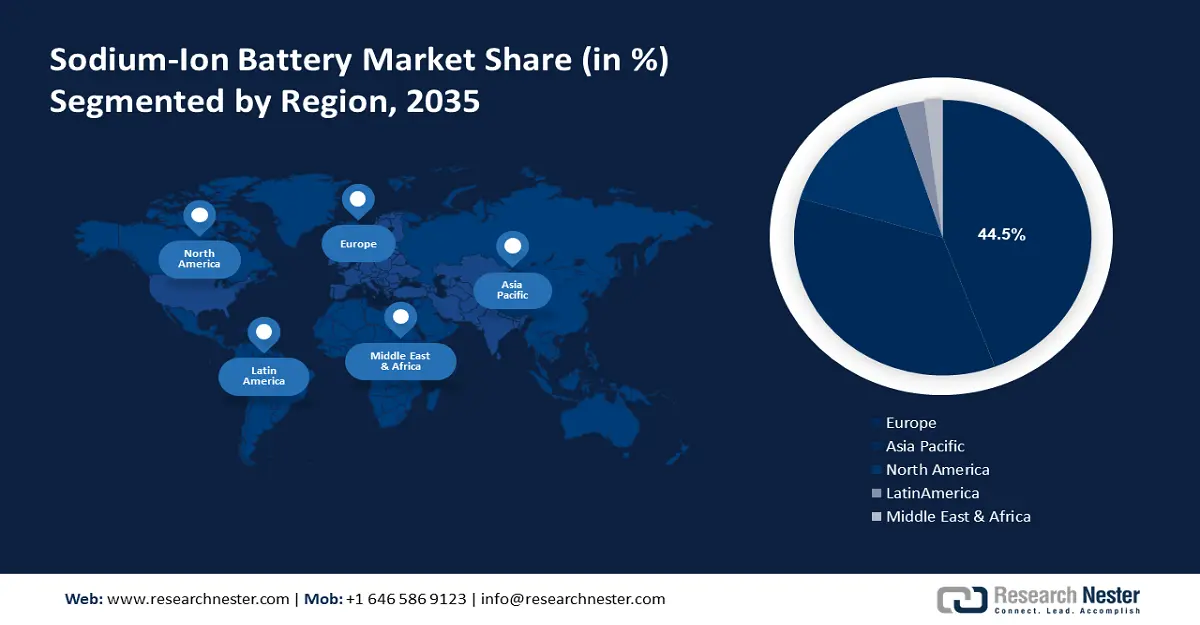
Sodium-ion Battery Market Players:
- Aquion Energy
- Company Overview
- Business Strategy
- Key Product Offerings
- Financial Performance
- Key Performance Indicators
- Risk Analysis
- Recent Development
- Regional Presence
- SWOT Analysis
- Faradion
- BLUETTI Power Inc.
- Indigenous Energy Storage Technologies Pvt. Ltd. (Indi Energy)
- HiNa Battery Technology Co., Ltd
- Ben'an Energy Technology (Shanghai) Co., Ltd
- Blackstone Technology GmbH
- Contemporary Amperex Technology Co. Limited (CATL)
- Li-FUN Technology Corporation Limited
- AMTE Power plc
- Natron Energy, Inc.
- Jiangsu Zhongnan Energy Technology Co., Ltd.
- Altris AB
- NEI Corporation
The key players in the sodium-ion battery market are set to earn high profits in the coming years owing to the growing popularity of electric vehicles and renewable energy sources. Industry giants are collaborating with technology companies to develop advanced high-performance sodium-ion batteries.
Some of the key players include:
Recent Developments
- In March 2023, JAC Motors revealed the launch of the first sodium-ion battery vehicle in South Africa. Hua Xianzi a 5-seat passenger vehicle is fitted with a 25-kilowatt-hour sodium-ion battery from HiNa Battery Technologies, which can travel up to 250 km in a single charge.
- In May 2022, Natron Energy, Inc. and Clarios International Inc. signed an agreement for mass production of sodium-ion batteries in the Clasrios Meadowbrook facility, driving the U.S. to the forefront of sodium-ion manufacturing.
- Report ID: 6419
- Published Date: Sep 18, 2025
- Report Format: PDF, PPT
- Get detailed insights on specific segments/region
- Inquire about report customization for your industry
- Learn about our special pricing for startups
- Request a demo of the report’s key findings
- Understand the report’s forecasting methodology
- Inquire about post-purchase support and updates
- Ask About Company-Level Intelligence Additions
Have specific data needs or budget constraints?
Frequently Asked Questions (FAQ)
Sodium-ion Battery Market Report Scope
FREE Sample Copy includes market overview, growth trends, statistical charts & tables, forecast estimates, and much more.
Connect with our Expert
See how top U.S. companies are managing market uncertainty — get your free sample with trends, challenges, macroeconomic factors, charts, forecasts, and more.
Copyright @ 2025 Research Nester. All Rights Reserved.

 Inquiry Before Buying
Inquiry Before Buying
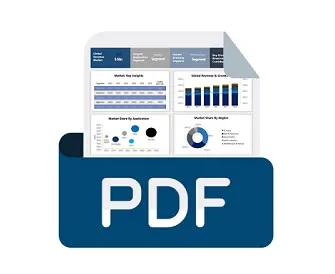
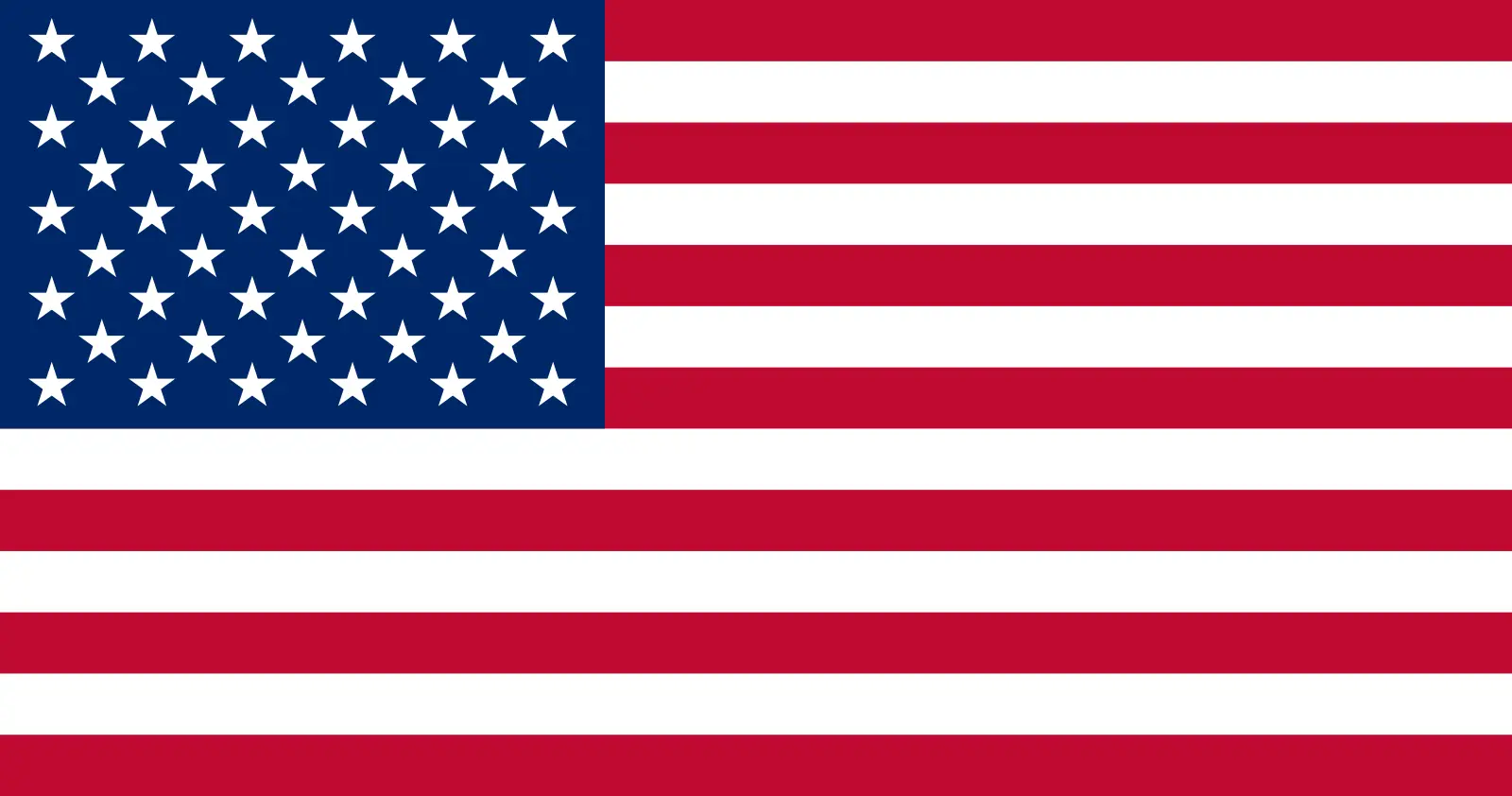
 Afghanistan (+93)
Afghanistan (+93)
 Åland Islands (+358)
Åland Islands (+358)
 Albania (+355)
Albania (+355)
 Algeria (+213)
Algeria (+213)
 American Samoa (+1684)
American Samoa (+1684)
 Andorra (+376)
Andorra (+376)
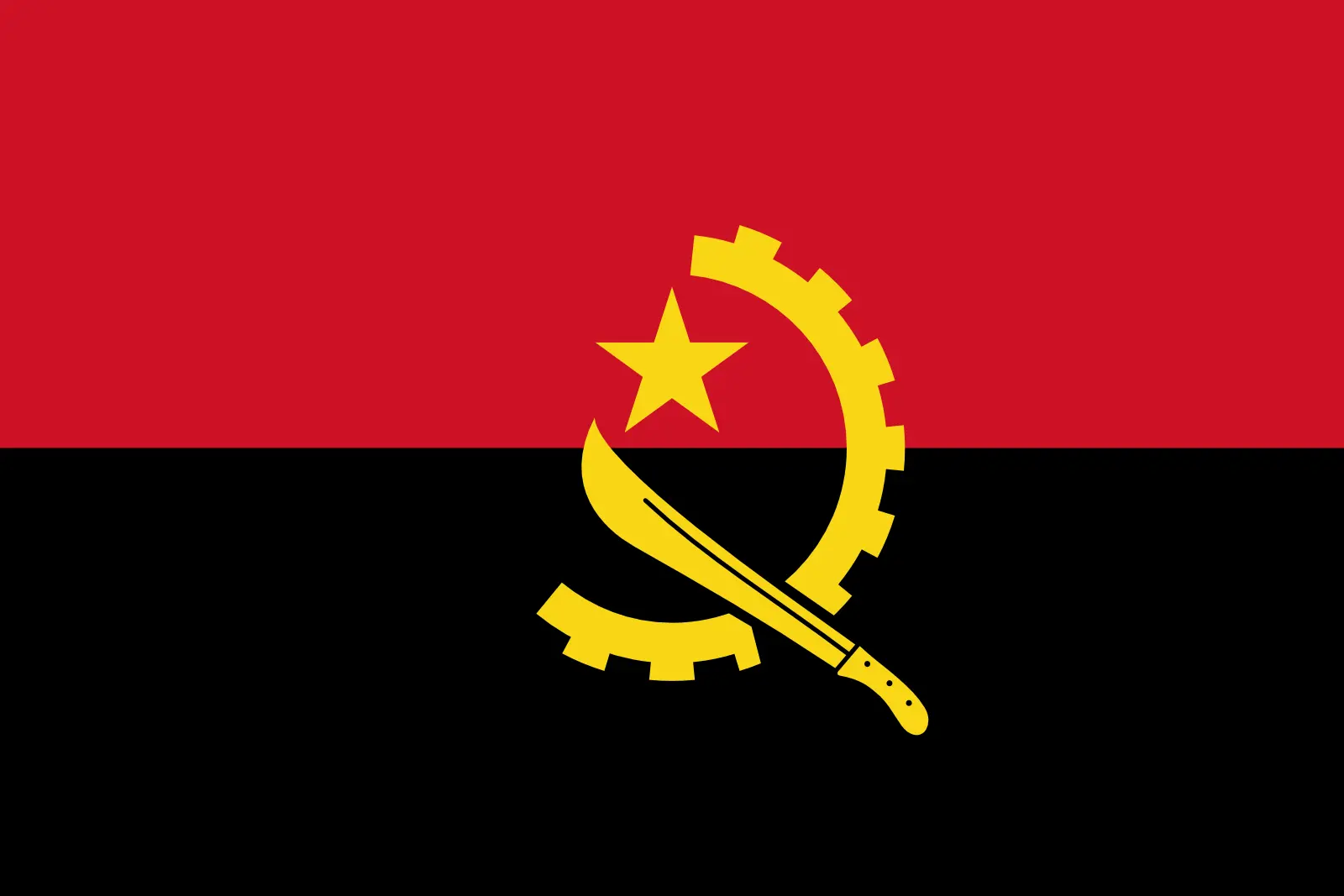 Angola (+244)
Angola (+244)
 Anguilla (+1264)
Anguilla (+1264)
 Antarctica (+672)
Antarctica (+672)
 Antigua and Barbuda (+1268)
Antigua and Barbuda (+1268)
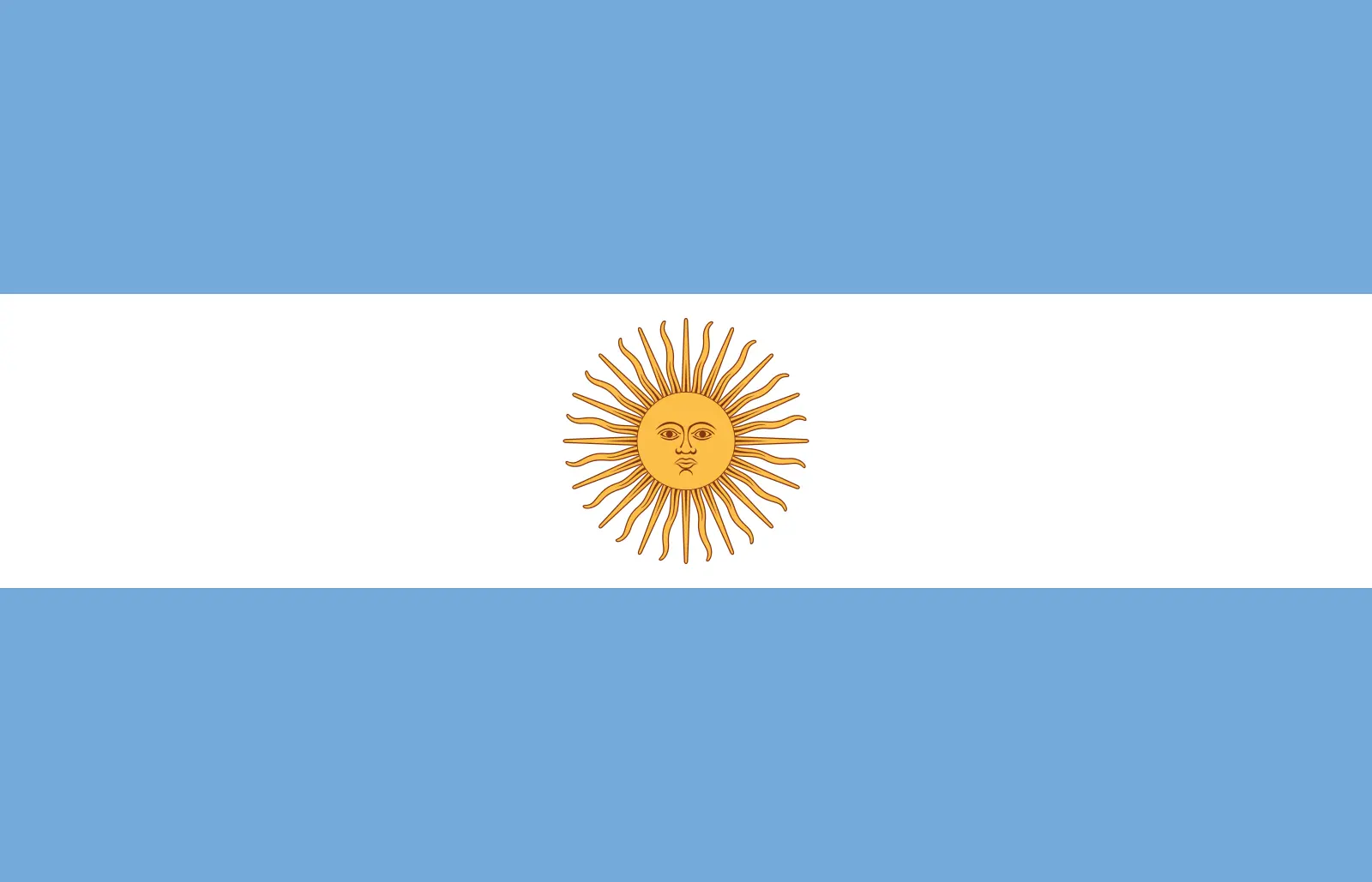 Argentina (+54)
Argentina (+54)
 Armenia (+374)
Armenia (+374)
 Aruba (+297)
Aruba (+297)
 Australia (+61)
Australia (+61)
 Austria (+43)
Austria (+43)
 Azerbaijan (+994)
Azerbaijan (+994)
 Bahamas (+1242)
Bahamas (+1242)
 Bahrain (+973)
Bahrain (+973)
 Bangladesh (+880)
Bangladesh (+880)
 Barbados (+1246)
Barbados (+1246)
 Belarus (+375)
Belarus (+375)
 Belgium (+32)
Belgium (+32)
 Belize (+501)
Belize (+501)
 Benin (+229)
Benin (+229)
 Bermuda (+1441)
Bermuda (+1441)
 Bhutan (+975)
Bhutan (+975)
 Bolivia (+591)
Bolivia (+591)
 Bosnia and Herzegovina (+387)
Bosnia and Herzegovina (+387)
 Botswana (+267)
Botswana (+267)
 Bouvet Island (+)
Bouvet Island (+)
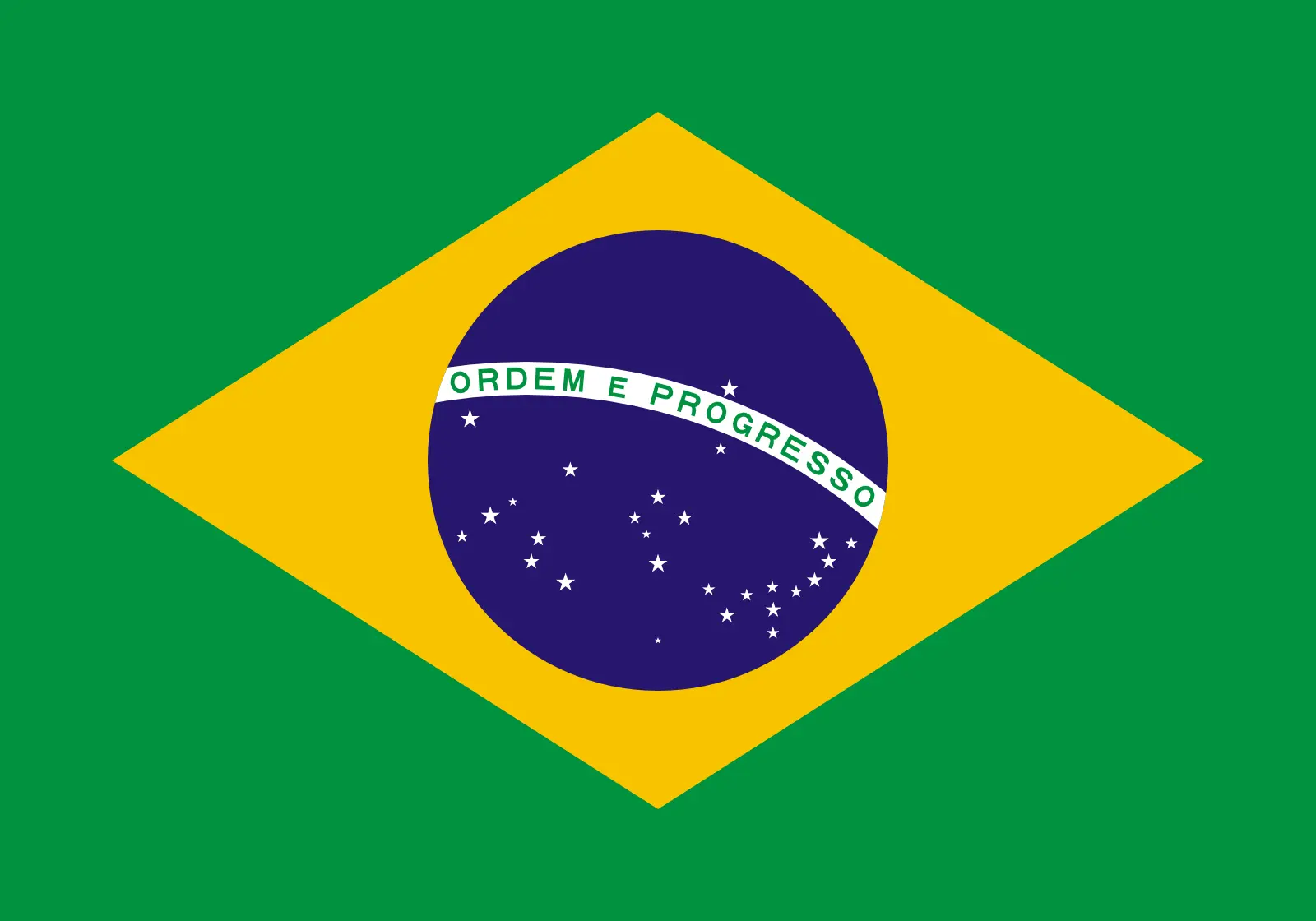 Brazil (+55)
Brazil (+55)
 British Indian Ocean Territory (+246)
British Indian Ocean Territory (+246)
 British Virgin Islands (+1284)
British Virgin Islands (+1284)
 Brunei (+673)
Brunei (+673)
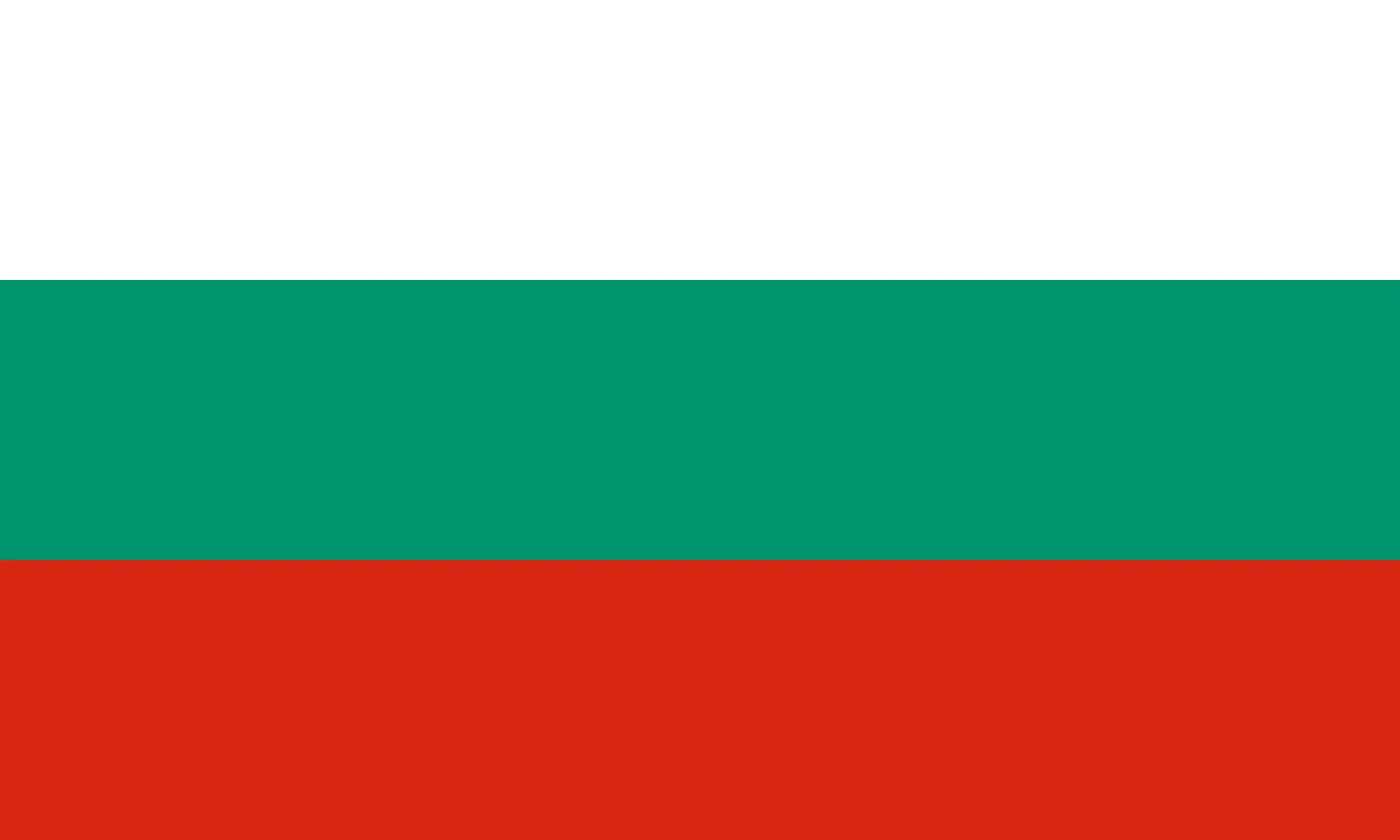 Bulgaria (+359)
Bulgaria (+359)
 Burkina Faso (+226)
Burkina Faso (+226)
 Burundi (+257)
Burundi (+257)
 Cambodia (+855)
Cambodia (+855)
 Cameroon (+237)
Cameroon (+237)
 Canada (+1)
Canada (+1)
 Cape Verde (+238)
Cape Verde (+238)
 Cayman Islands (+1345)
Cayman Islands (+1345)
 Central African Republic (+236)
Central African Republic (+236)
 Chad (+235)
Chad (+235)
 Chile (+56)
Chile (+56)
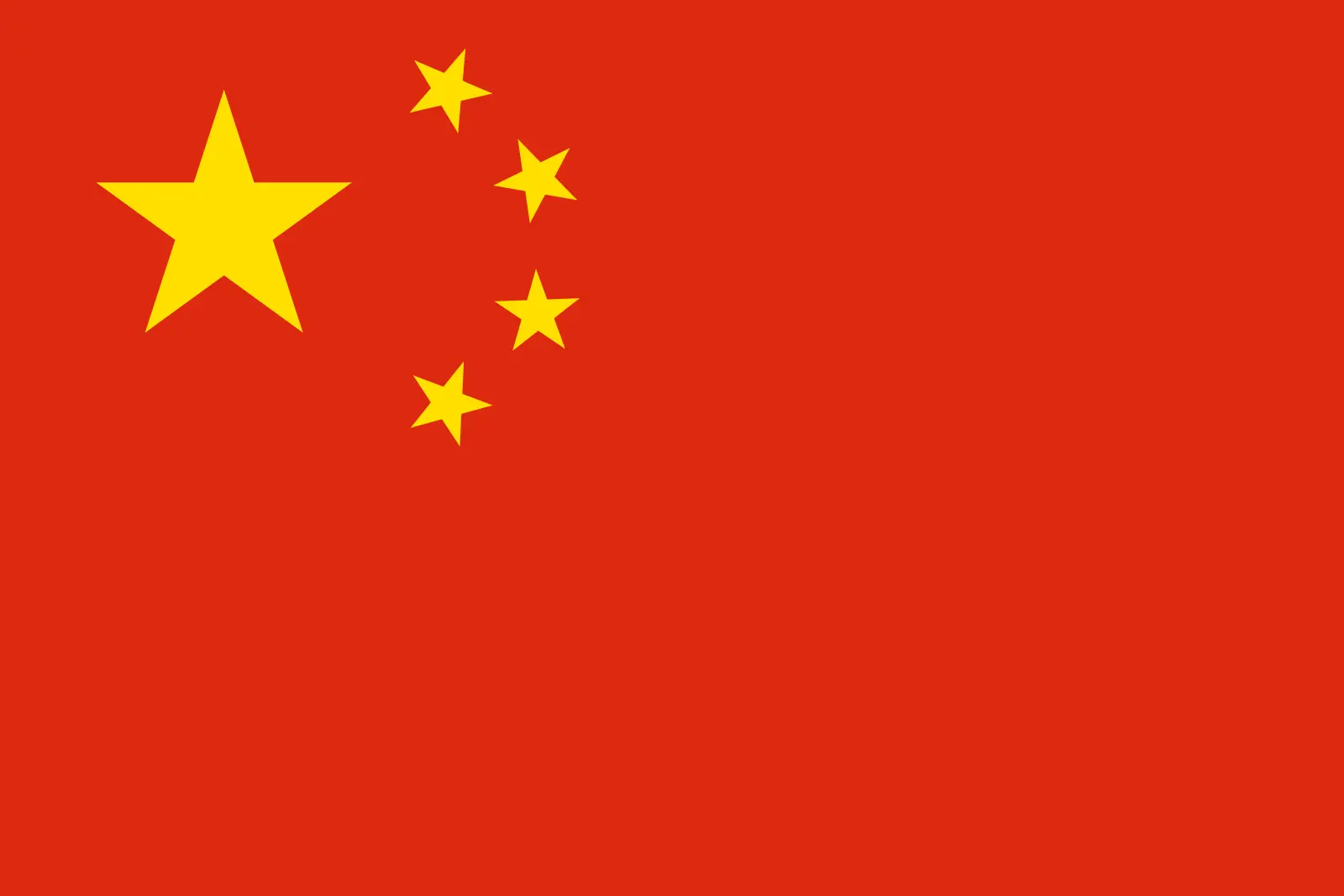 China (+86)
China (+86)
 Christmas Island (+61)
Christmas Island (+61)
 Cocos (Keeling) Islands (+61)
Cocos (Keeling) Islands (+61)
 Colombia (+57)
Colombia (+57)
 Comoros (+269)
Comoros (+269)
 Cook Islands (+682)
Cook Islands (+682)
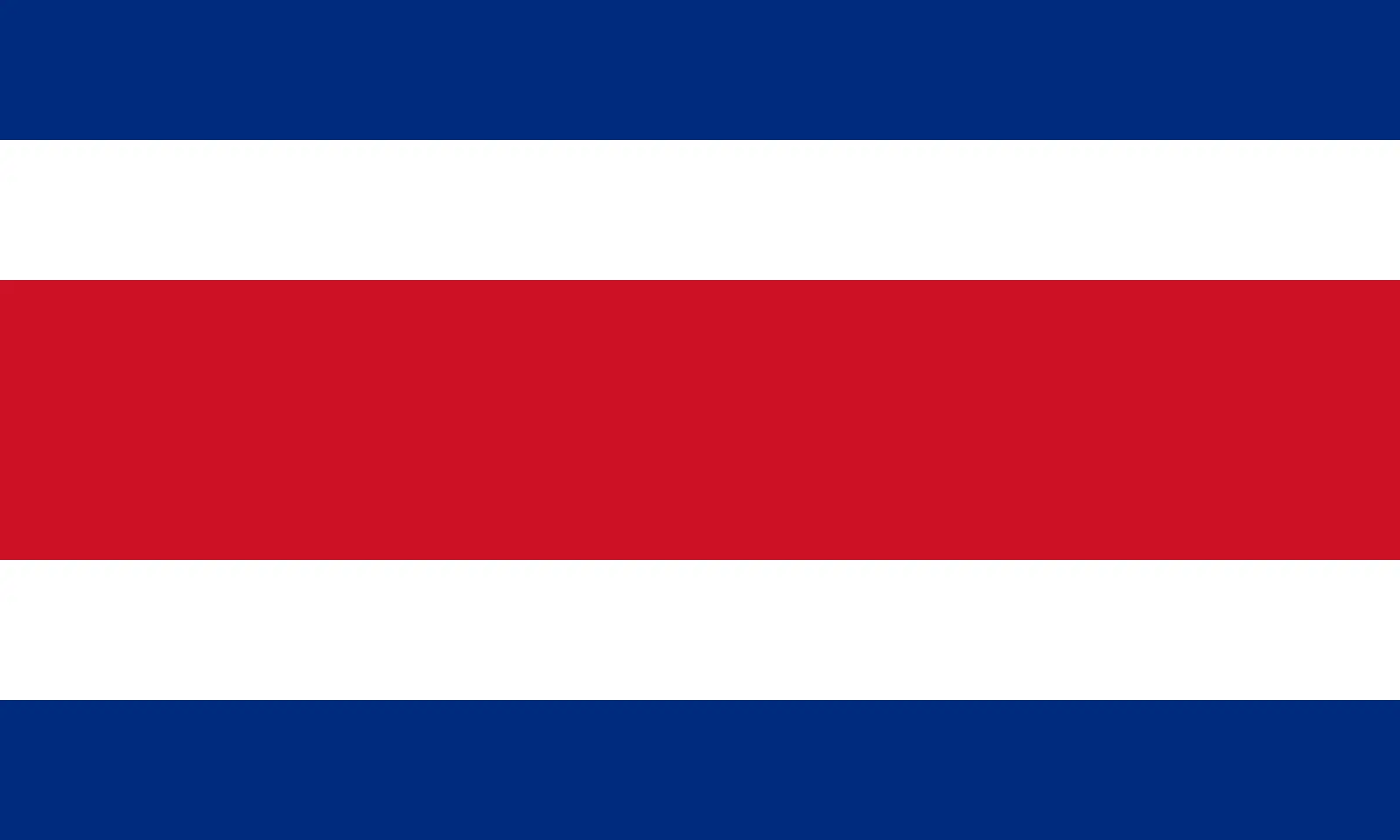 Costa Rica (+506)
Costa Rica (+506)
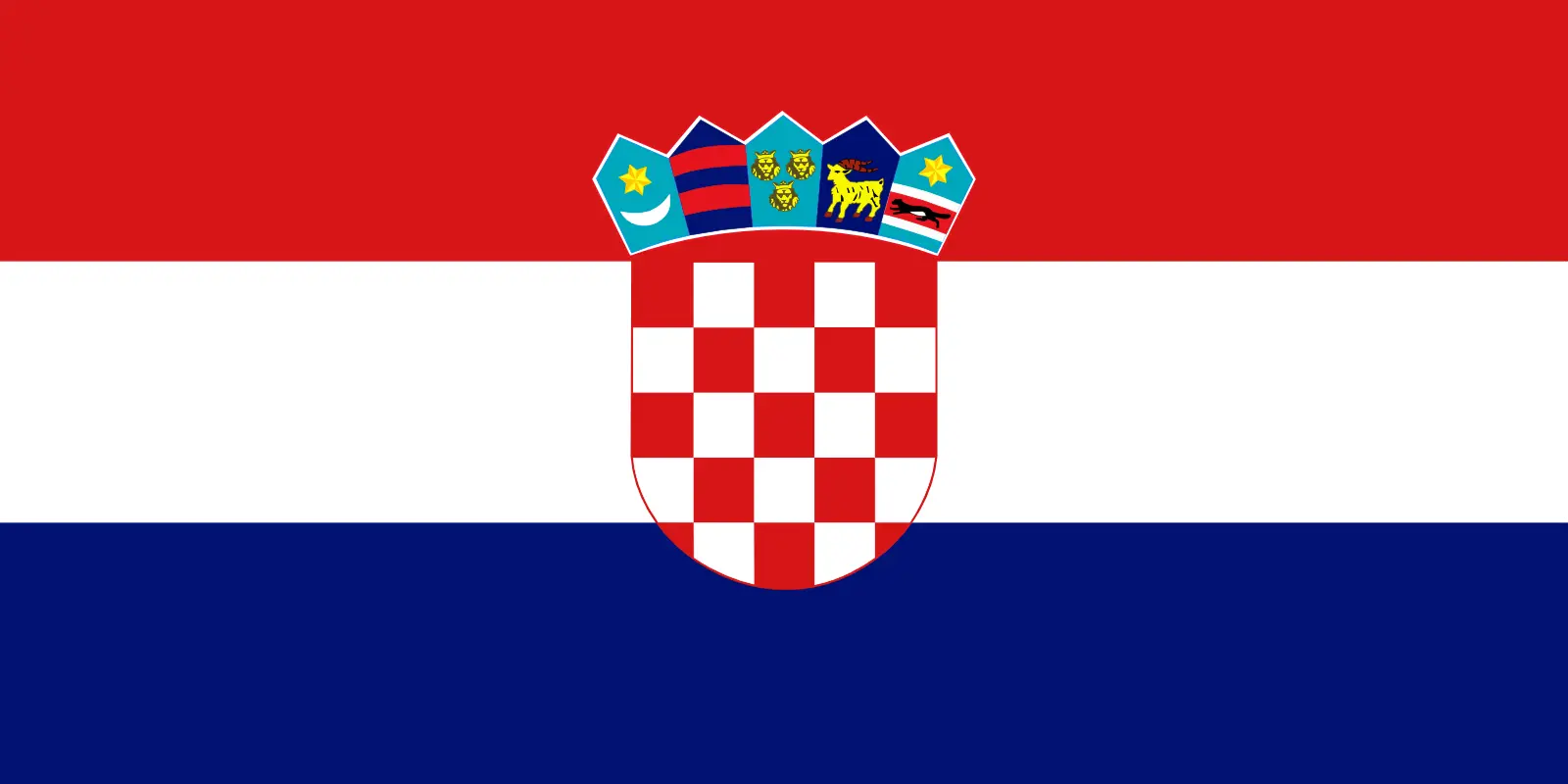 Croatia (+385)
Croatia (+385)
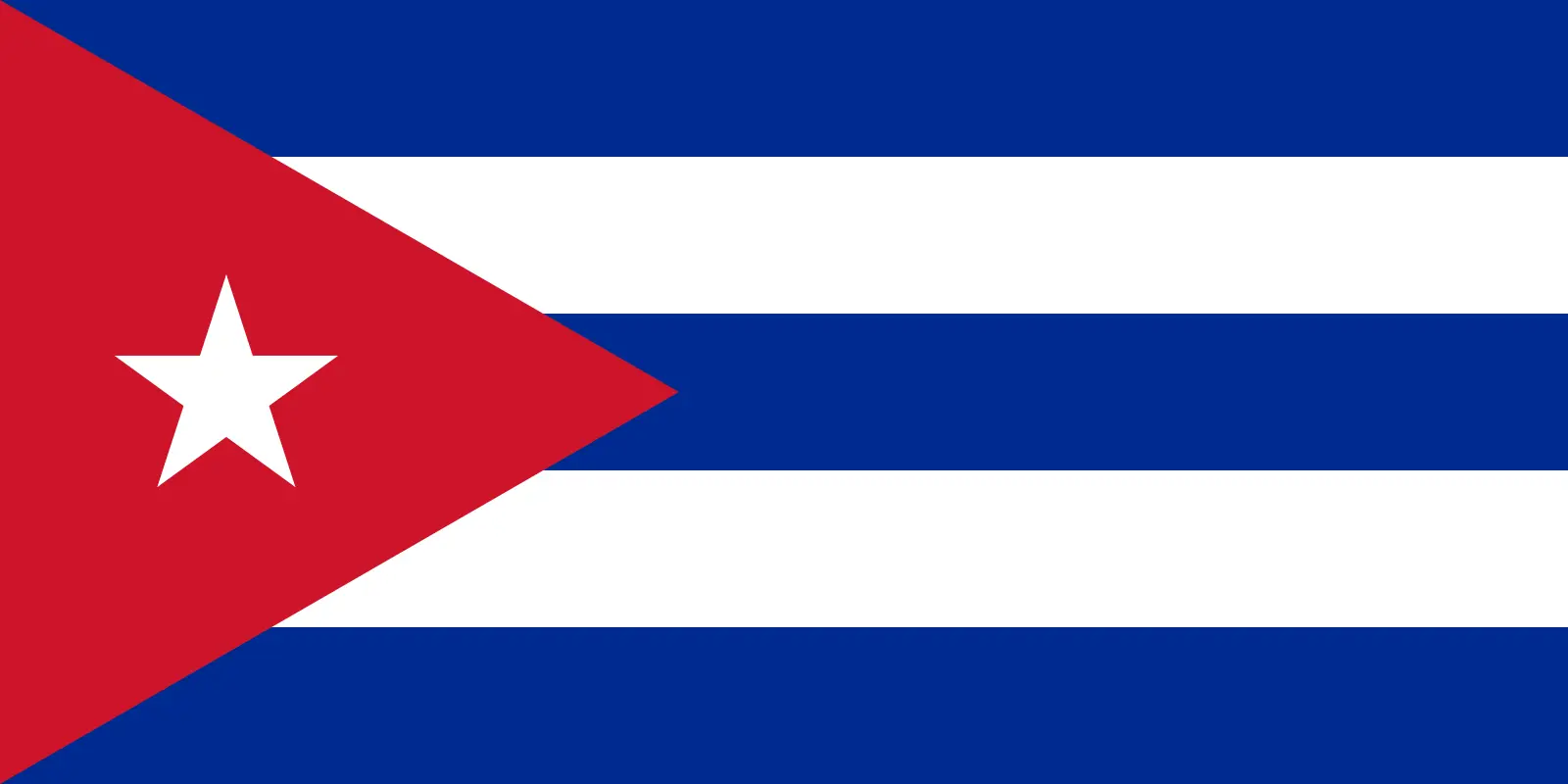 Cuba (+53)
Cuba (+53)
 Curaçao (+599)
Curaçao (+599)
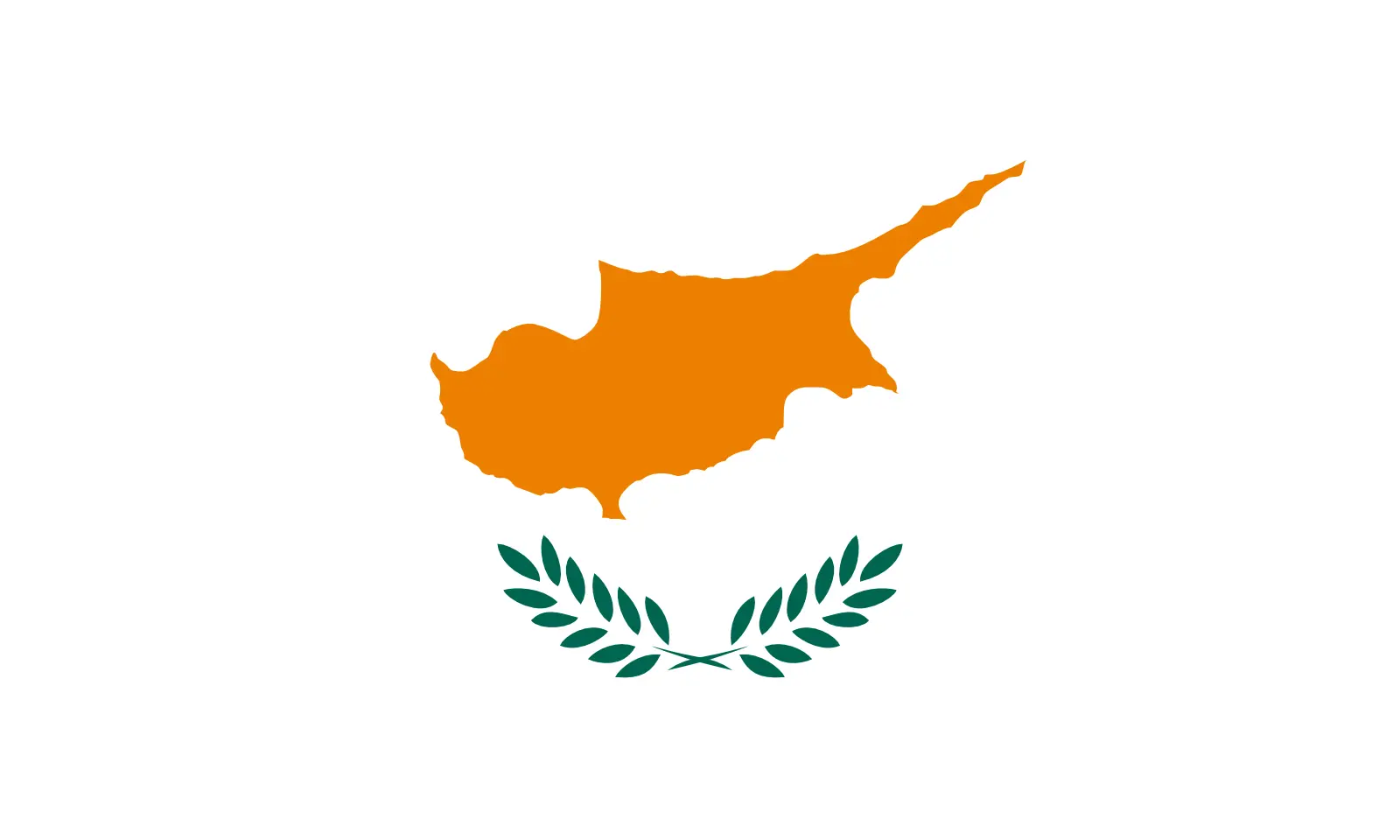 Cyprus (+357)
Cyprus (+357)
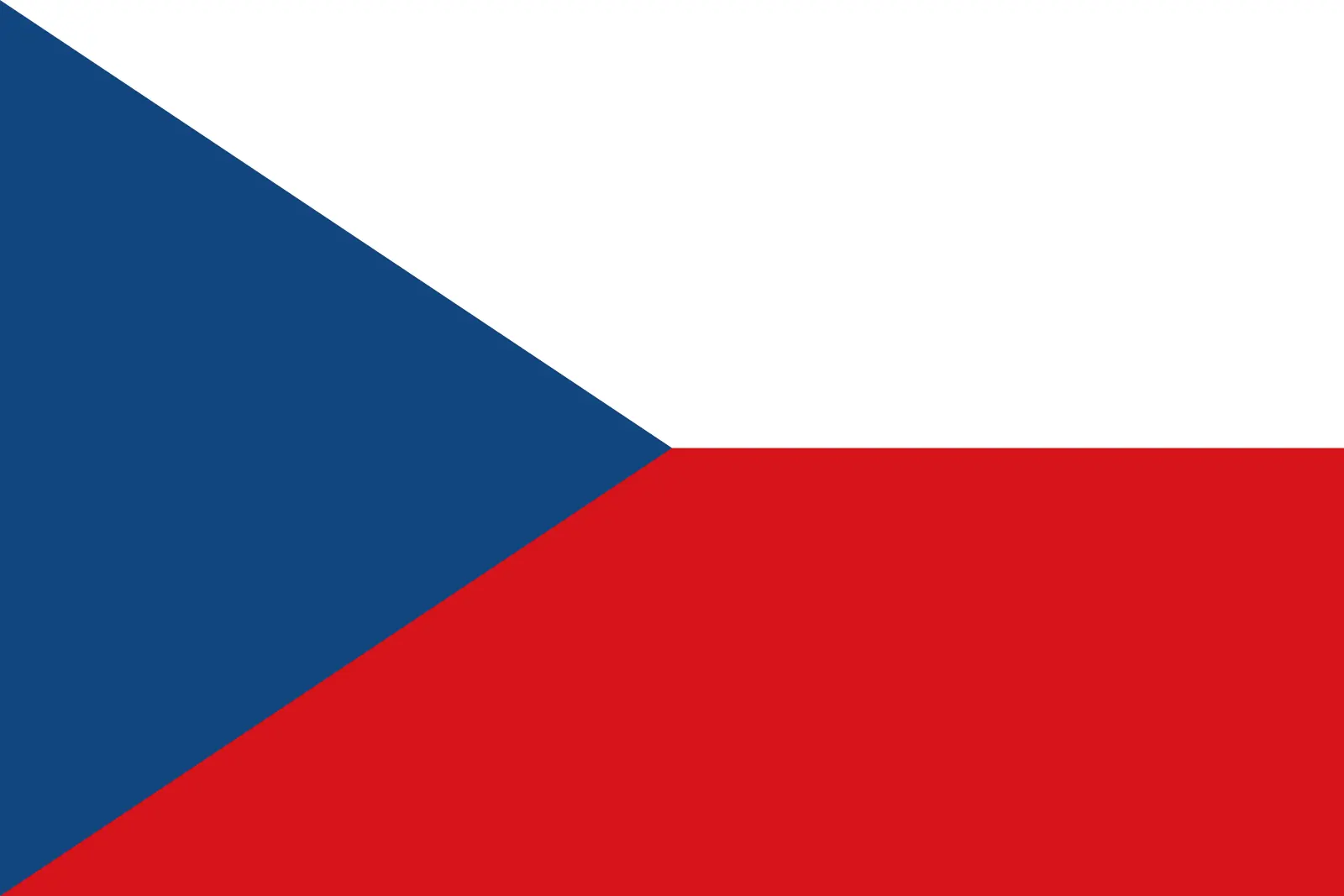 Czechia (+420)
Czechia (+420)
 Democratic Republic of the Congo (+243)
Democratic Republic of the Congo (+243)
 Denmark (+45)
Denmark (+45)
 Djibouti (+253)
Djibouti (+253)
 Dominica (+1767)
Dominica (+1767)
 Dominican Republic (+1809)
Dominican Republic (+1809)
 Timor-Leste (+670)
Timor-Leste (+670)
 Ecuador (+593)
Ecuador (+593)
 Egypt (+20)
Egypt (+20)
 El Salvador (+503)
El Salvador (+503)
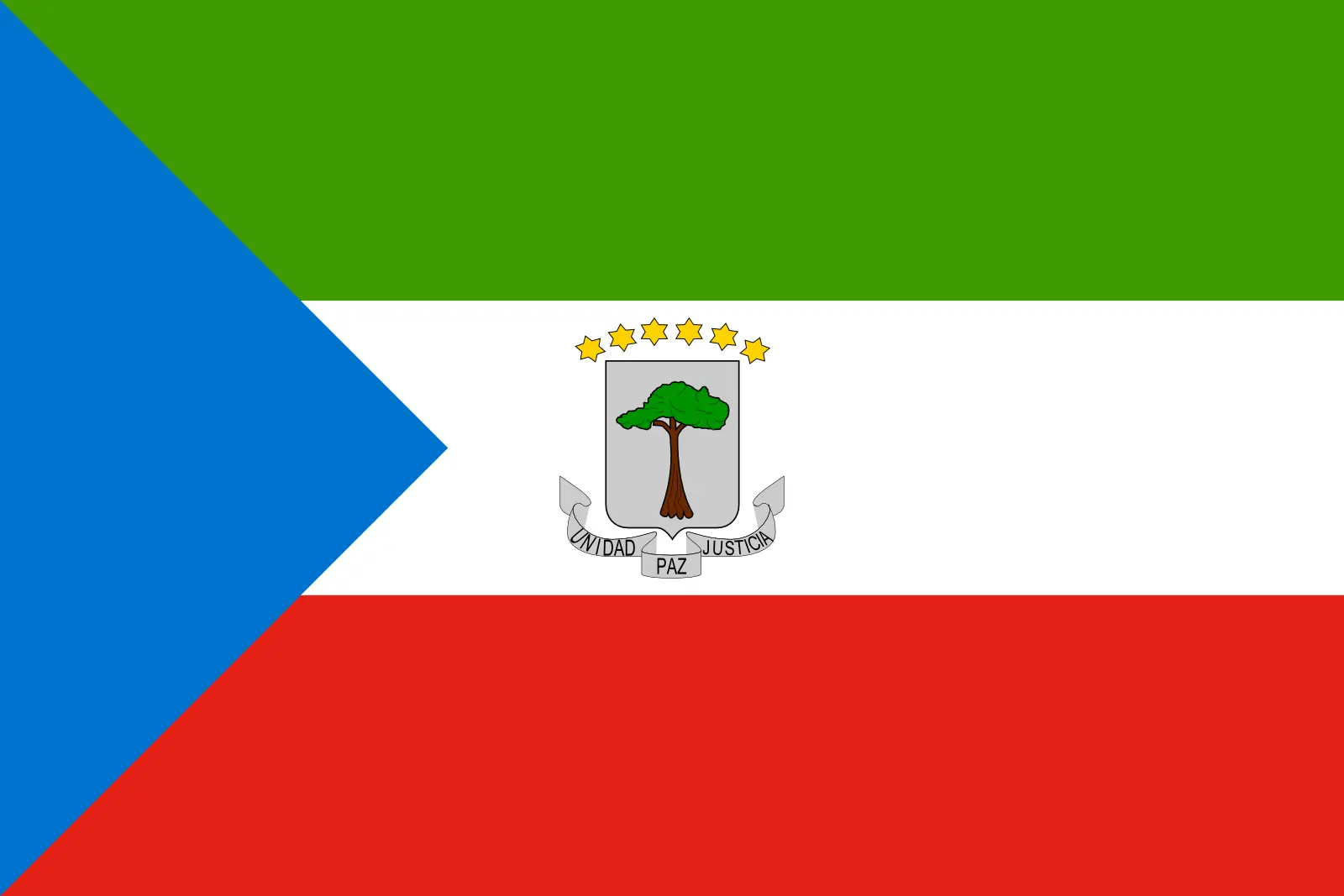 Equatorial Guinea (+240)
Equatorial Guinea (+240)
 Eritrea (+291)
Eritrea (+291)
 Estonia (+372)
Estonia (+372)
 Ethiopia (+251)
Ethiopia (+251)
 Falkland Islands (+500)
Falkland Islands (+500)
 Faroe Islands (+298)
Faroe Islands (+298)
 Fiji (+679)
Fiji (+679)
 Finland (+358)
Finland (+358)
 France (+33)
France (+33)
 Gabon (+241)
Gabon (+241)
 Gambia (+220)
Gambia (+220)
 Georgia (+995)
Georgia (+995)
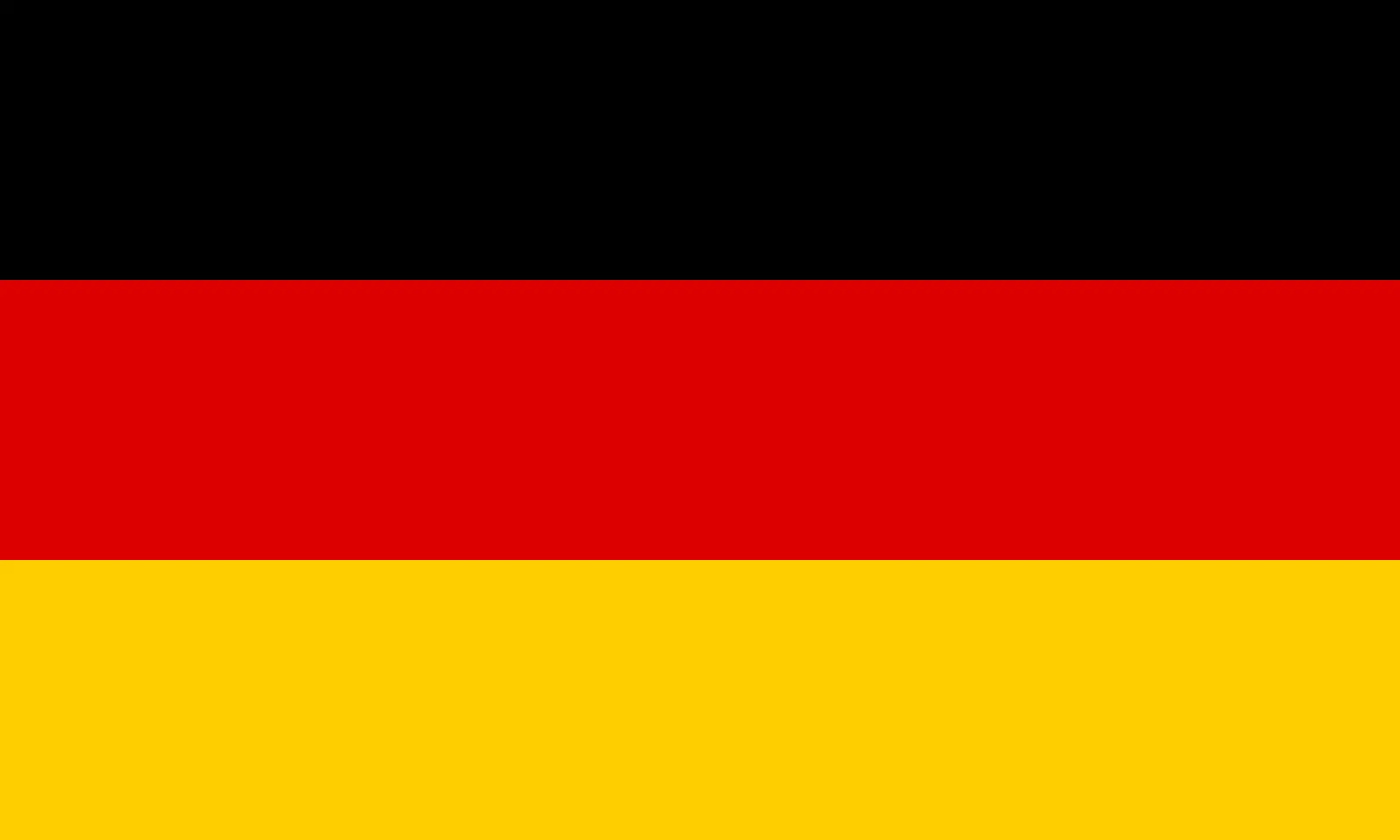 Germany (+49)
Germany (+49)
 Ghana (+233)
Ghana (+233)
 Gibraltar (+350)
Gibraltar (+350)
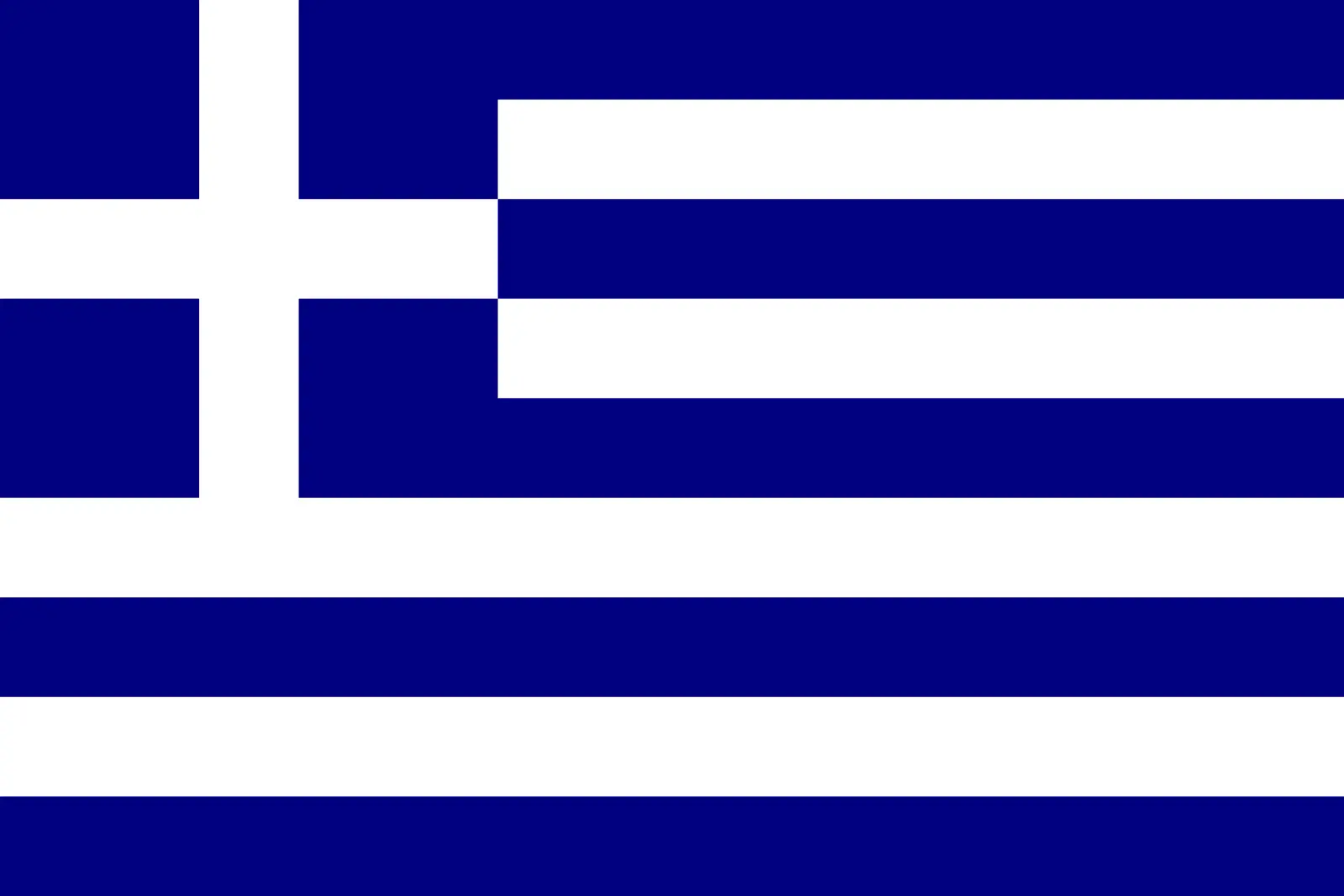 Greece (+30)
Greece (+30)
 Greenland (+299)
Greenland (+299)
 Grenada (+1473)
Grenada (+1473)
 Guadeloupe (+590)
Guadeloupe (+590)
 Guam (+1671)
Guam (+1671)
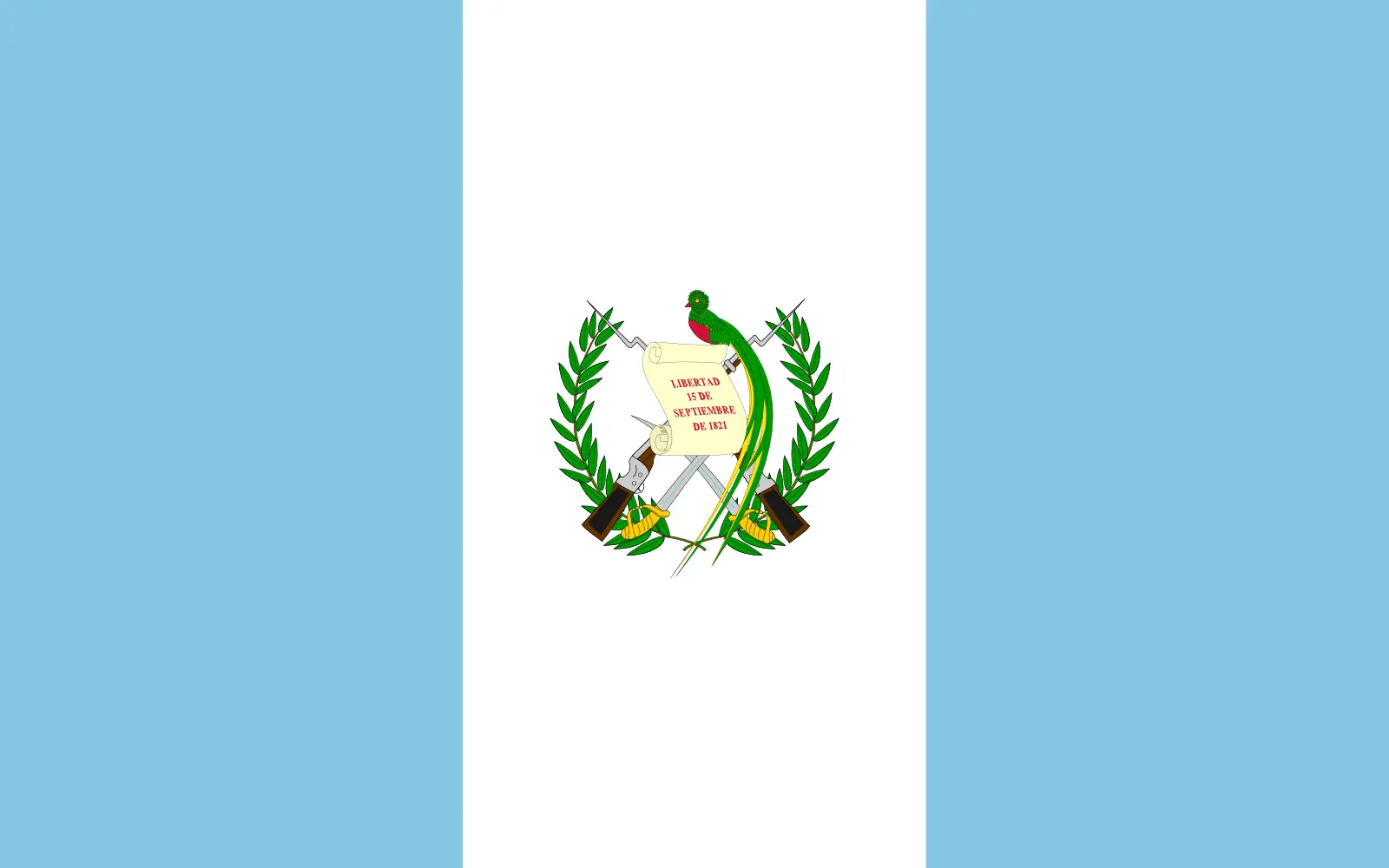 Guatemala (+502)
Guatemala (+502)
 Guinea (+224)
Guinea (+224)
 Guinea-Bissau (+245)
Guinea-Bissau (+245)
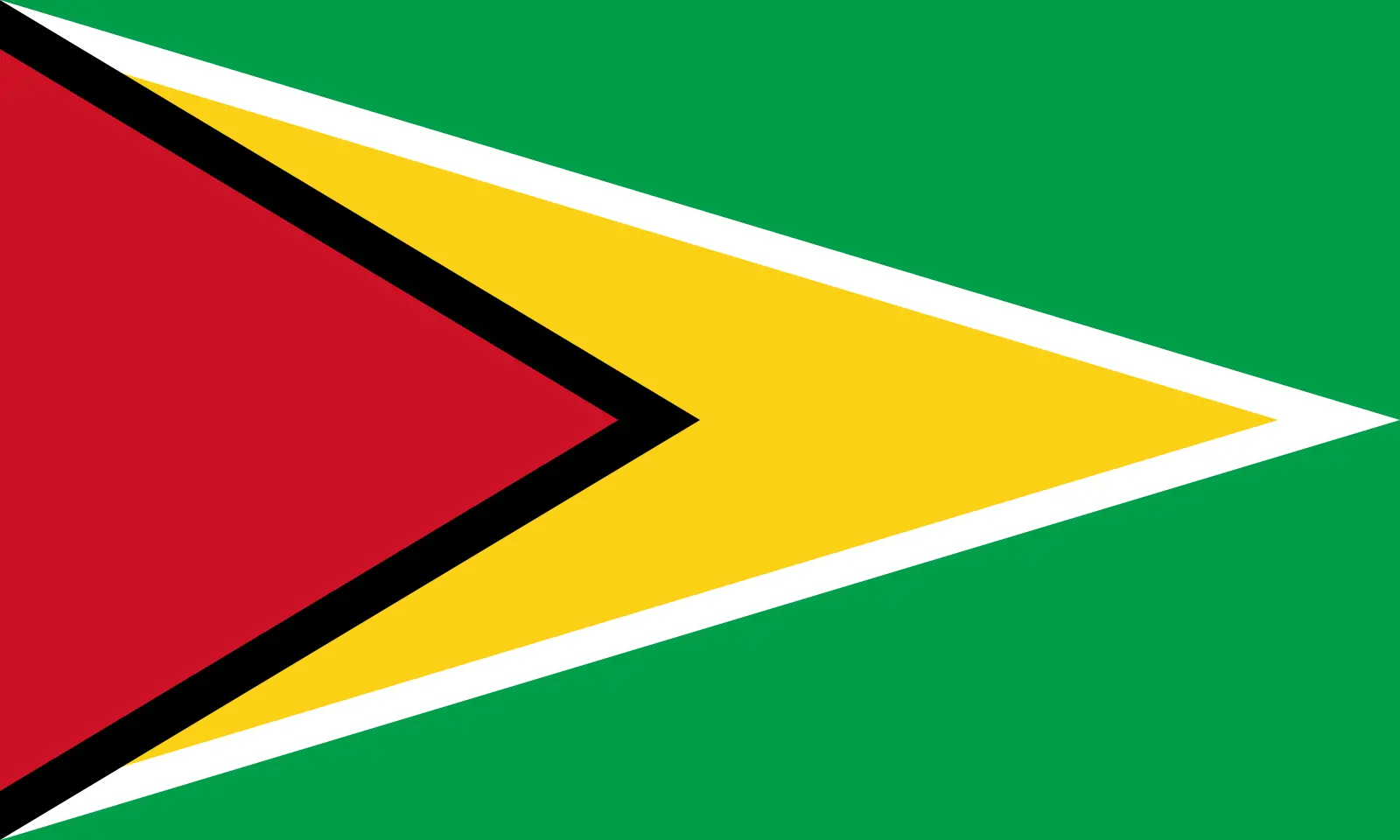 Guyana (+592)
Guyana (+592)
 Haiti (+509)
Haiti (+509)
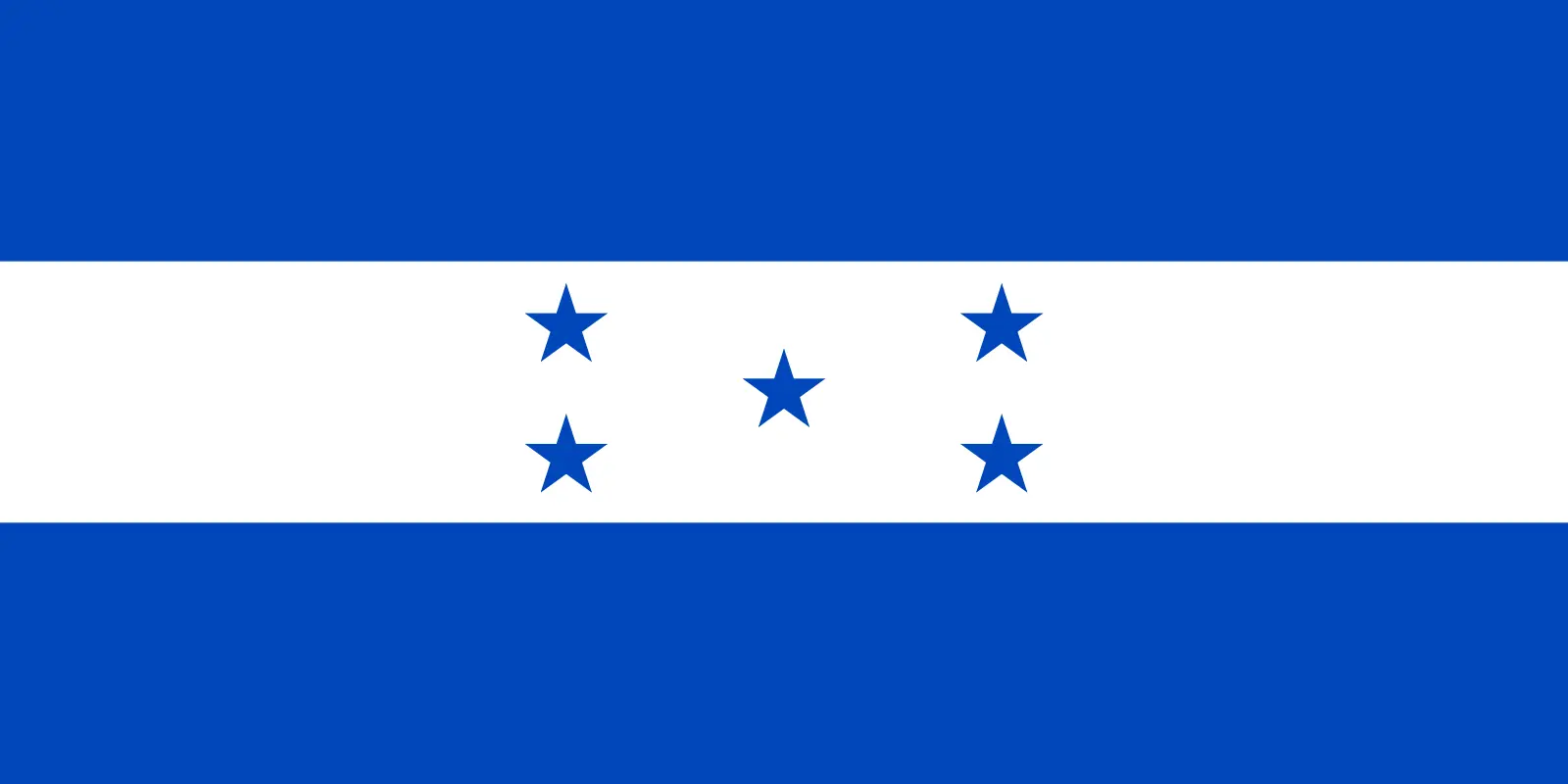 Honduras (+504)
Honduras (+504)
 Hong Kong (+852)
Hong Kong (+852)
 Hungary (+36)
Hungary (+36)
 Iceland (+354)
Iceland (+354)
 India (+91)
India (+91)
 Indonesia (+62)
Indonesia (+62)
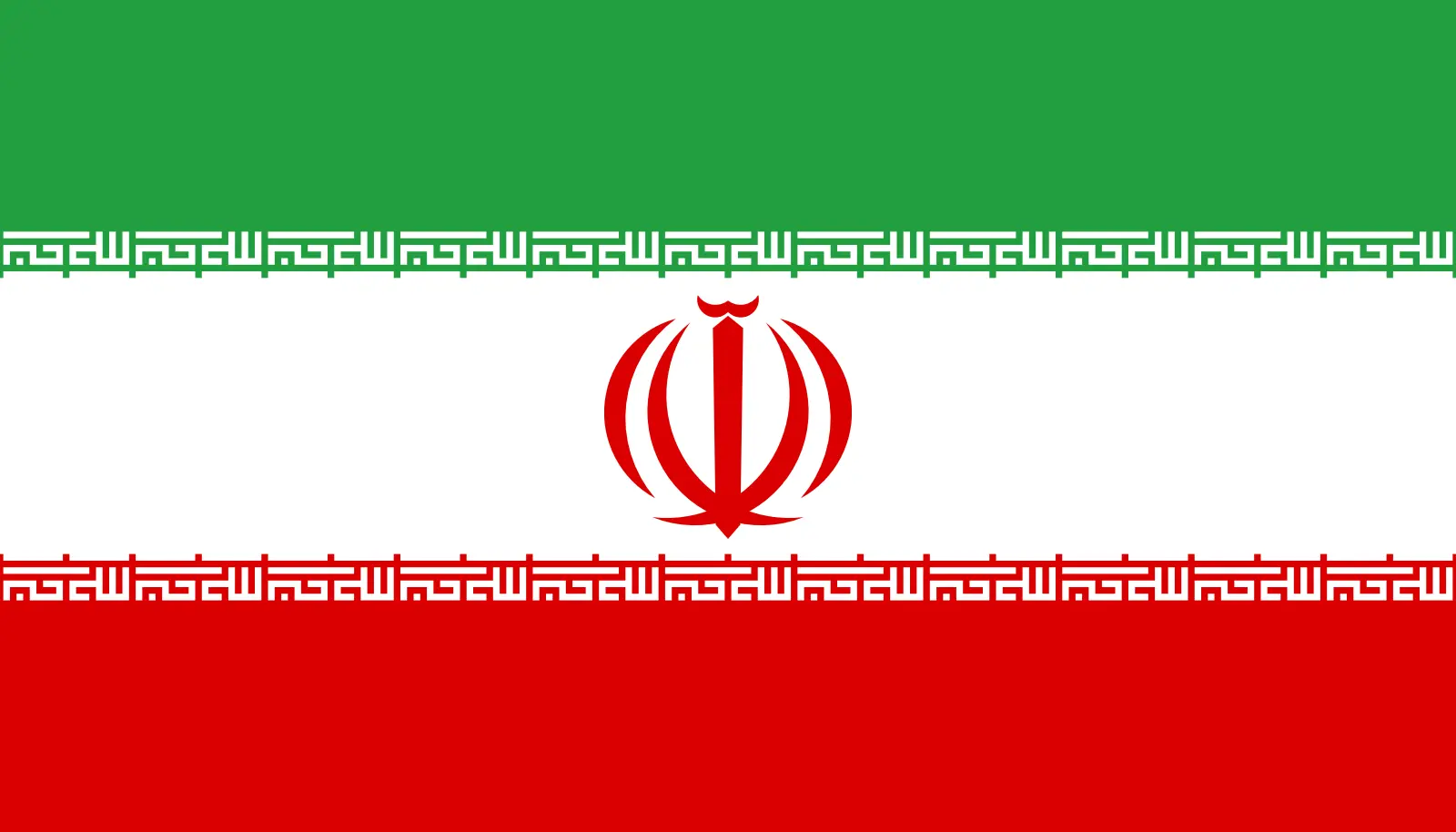 Iran (+98)
Iran (+98)
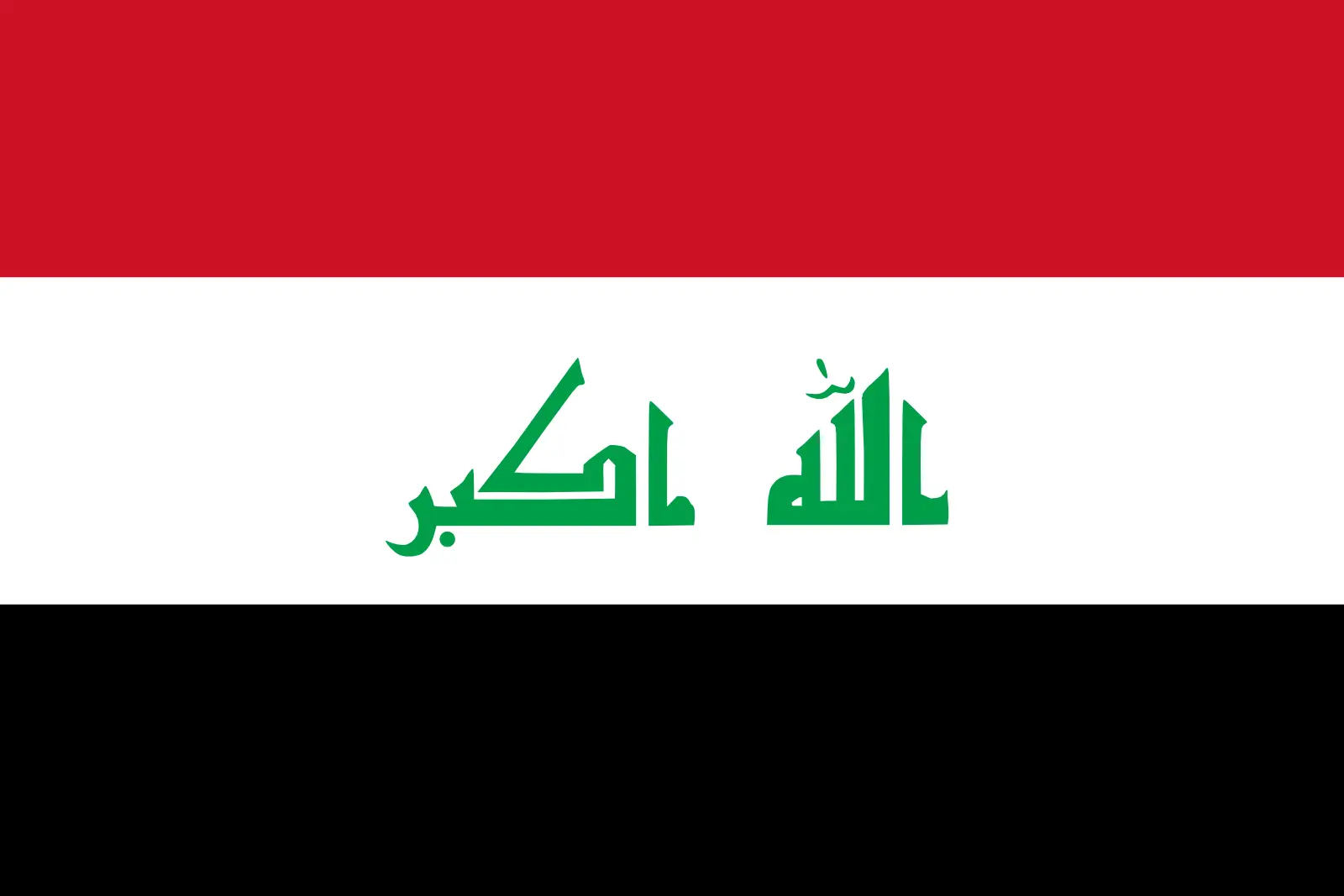 Iraq (+964)
Iraq (+964)
 Ireland (+353)
Ireland (+353)
 Isle of Man (+44)
Isle of Man (+44)
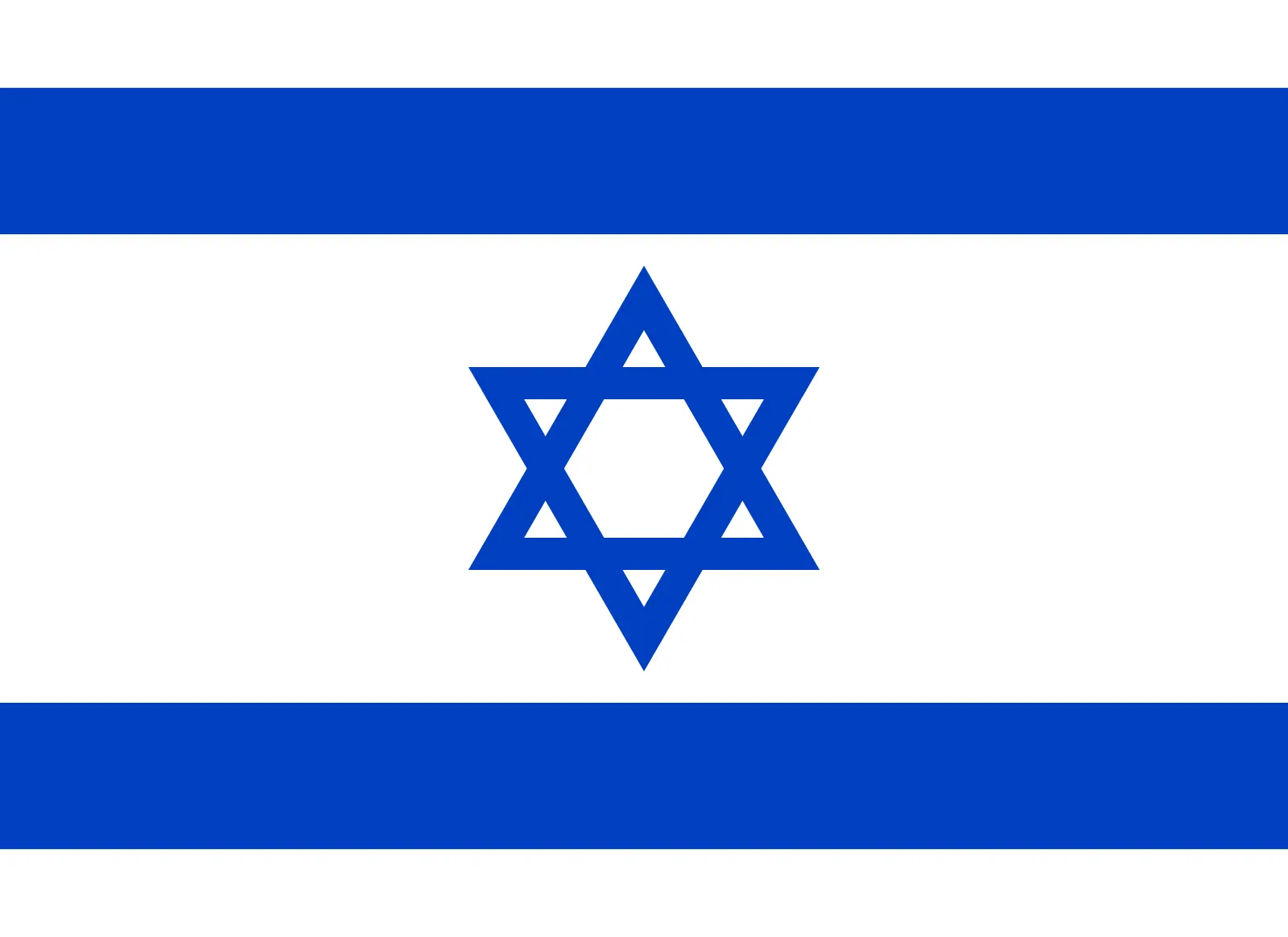 Israel (+972)
Israel (+972)
 Italy (+39)
Italy (+39)
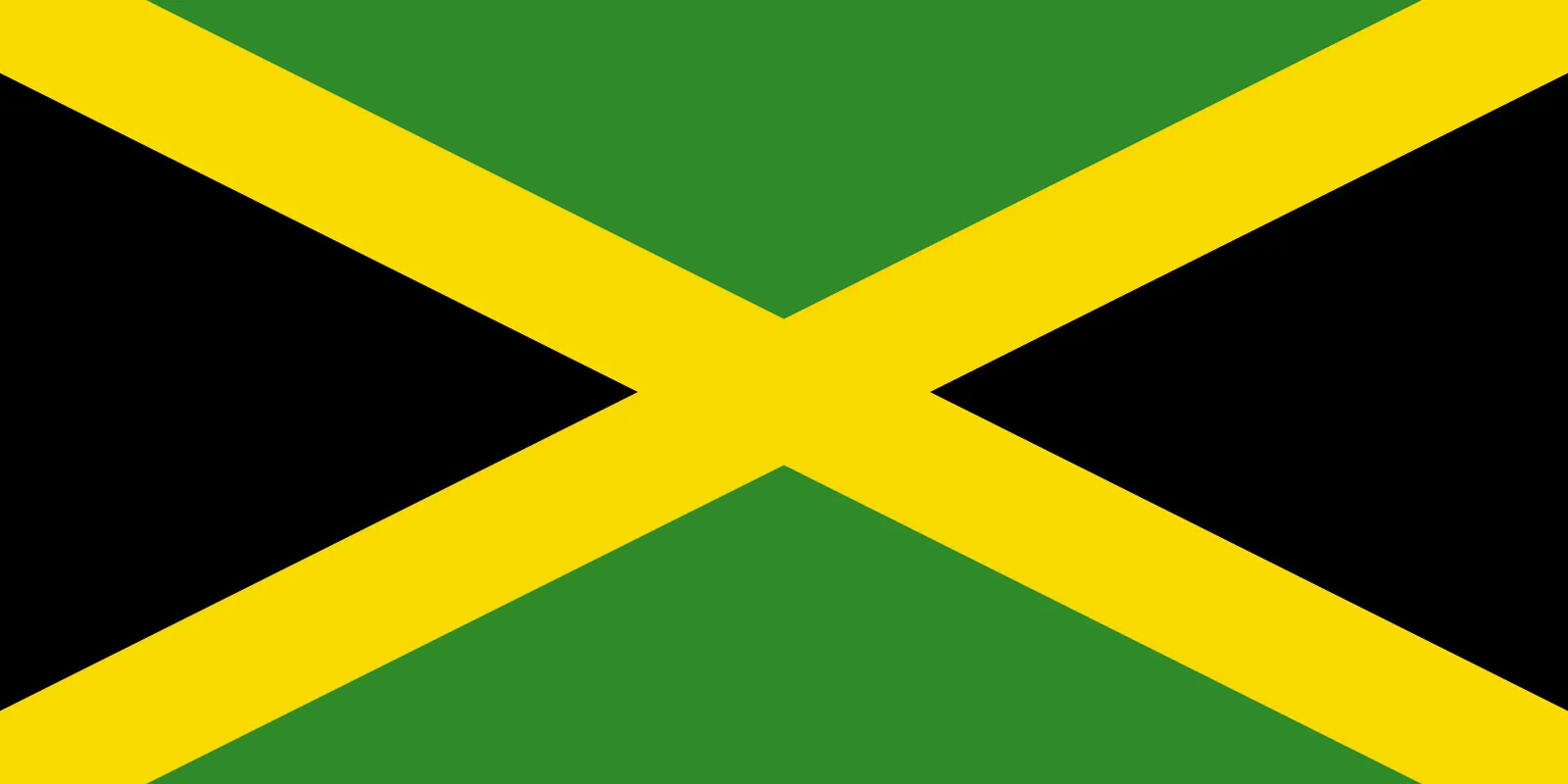 Jamaica (+1876)
Jamaica (+1876)
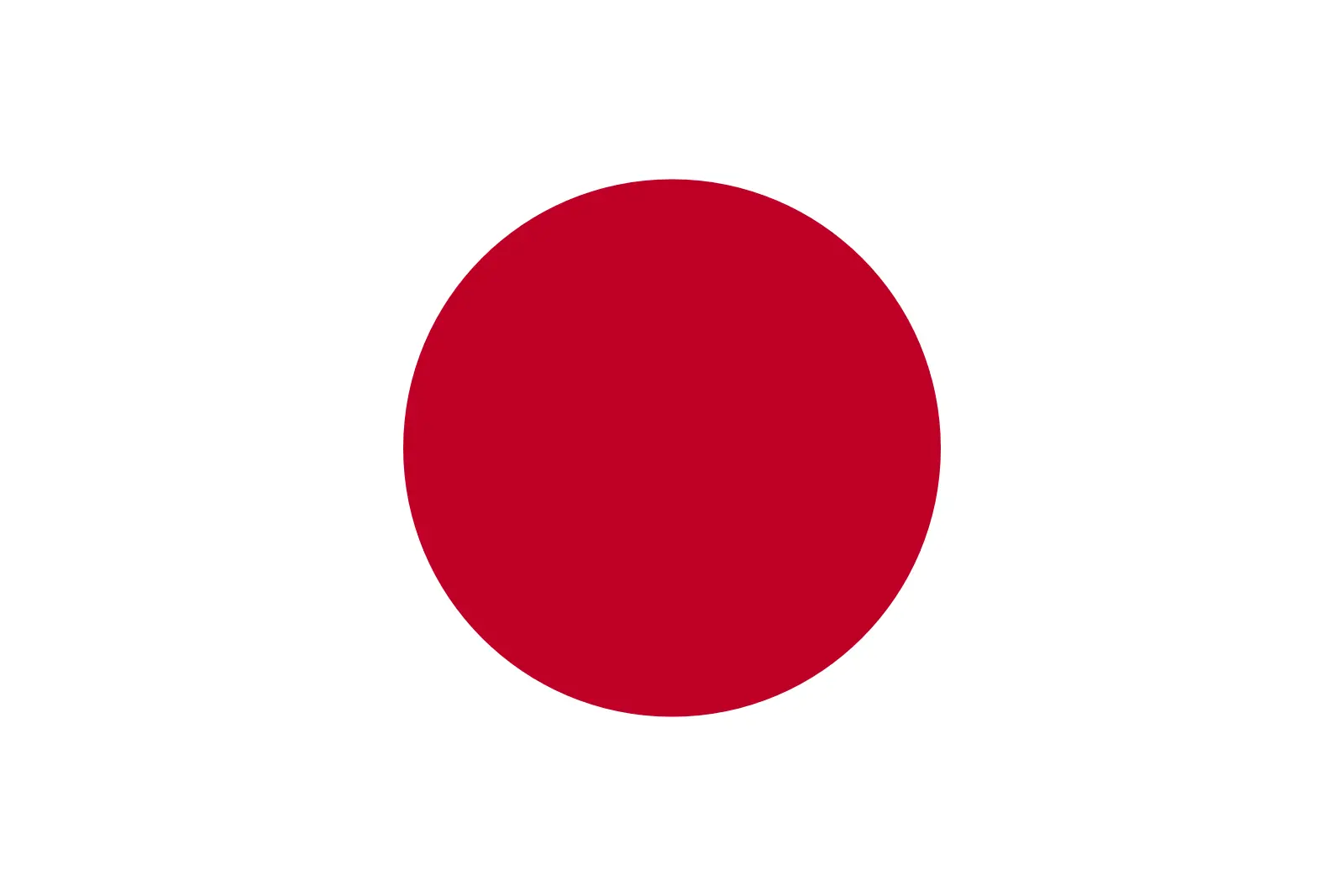 Japan (+81)
Japan (+81)
 Jersey (+44)
Jersey (+44)
 Jordan (+962)
Jordan (+962)
 Kazakhstan (+7)
Kazakhstan (+7)
 Kenya (+254)
Kenya (+254)
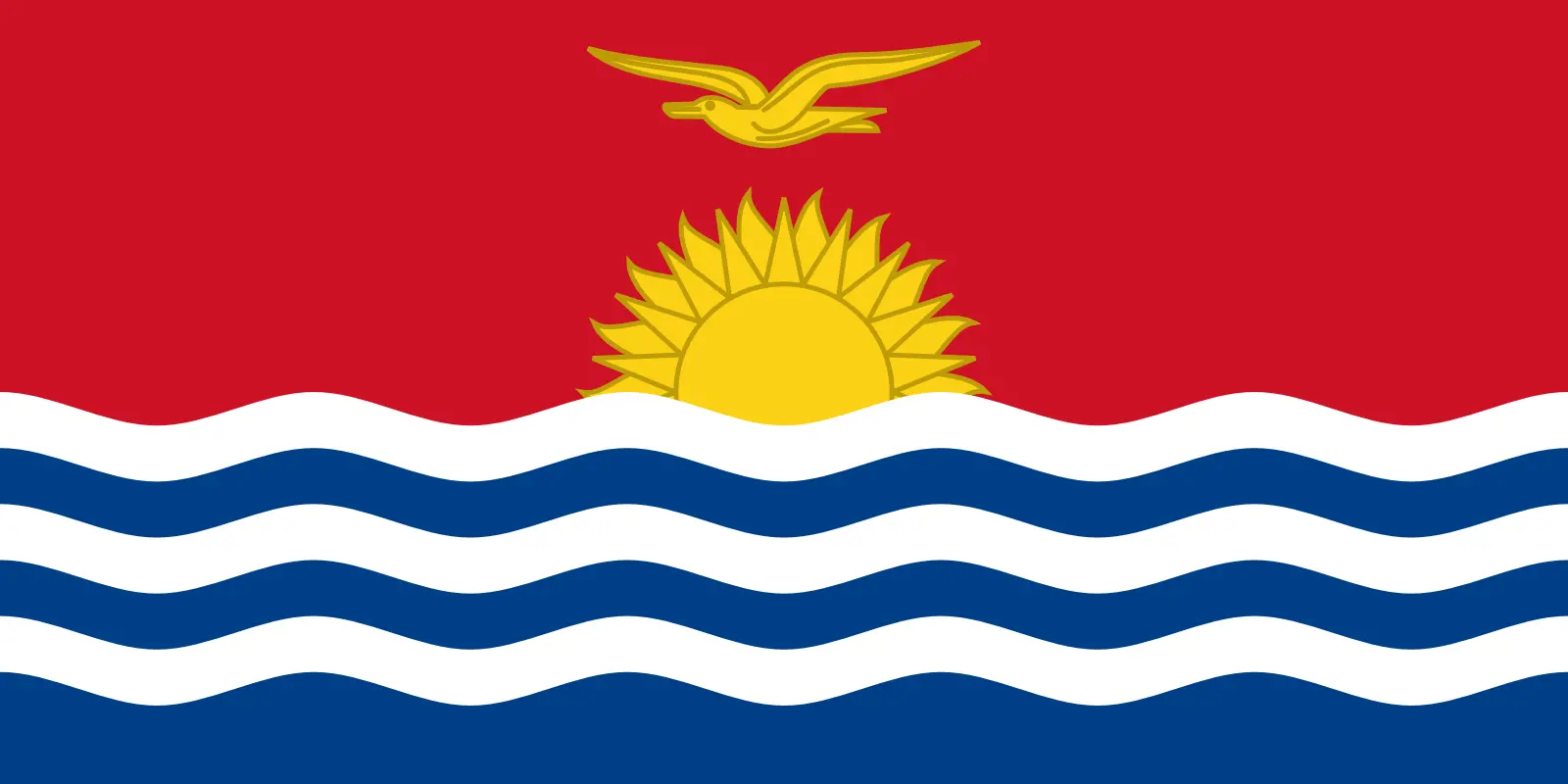 Kiribati (+686)
Kiribati (+686)
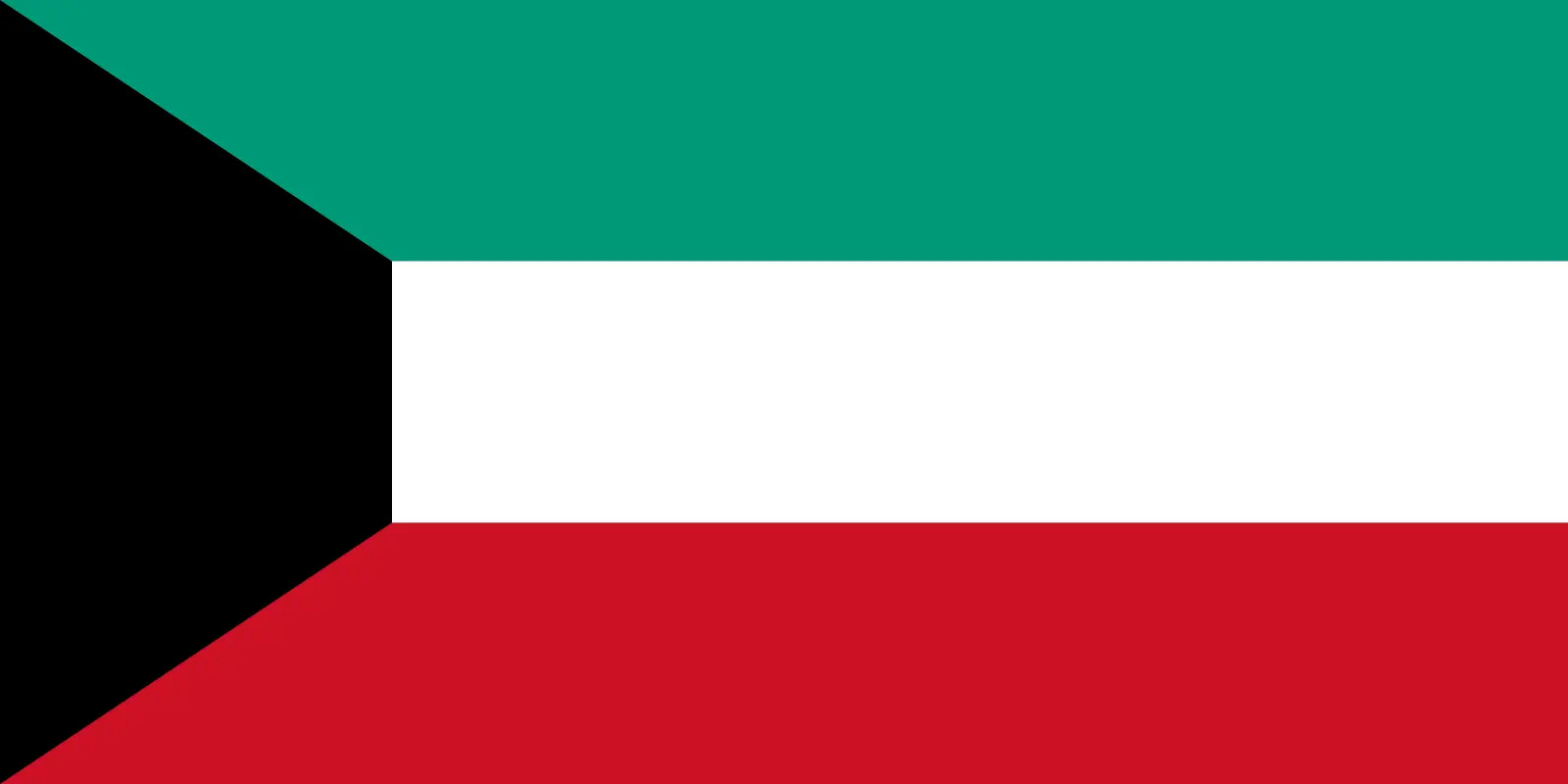 Kuwait (+965)
Kuwait (+965)
 Kyrgyzstan (+996)
Kyrgyzstan (+996)
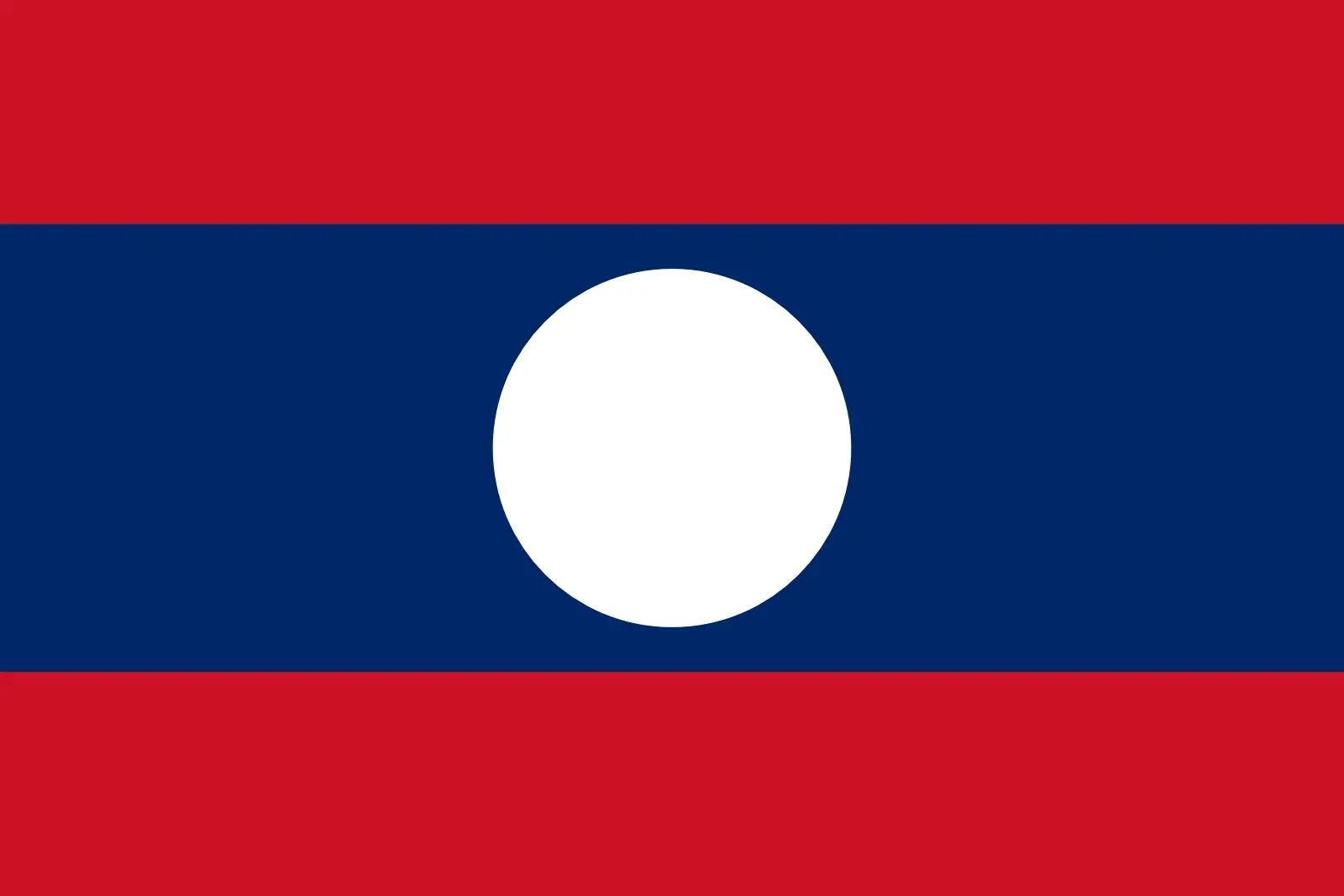 Laos (+856)
Laos (+856)
 Latvia (+371)
Latvia (+371)
 Lebanon (+961)
Lebanon (+961)
 Lesotho (+266)
Lesotho (+266)
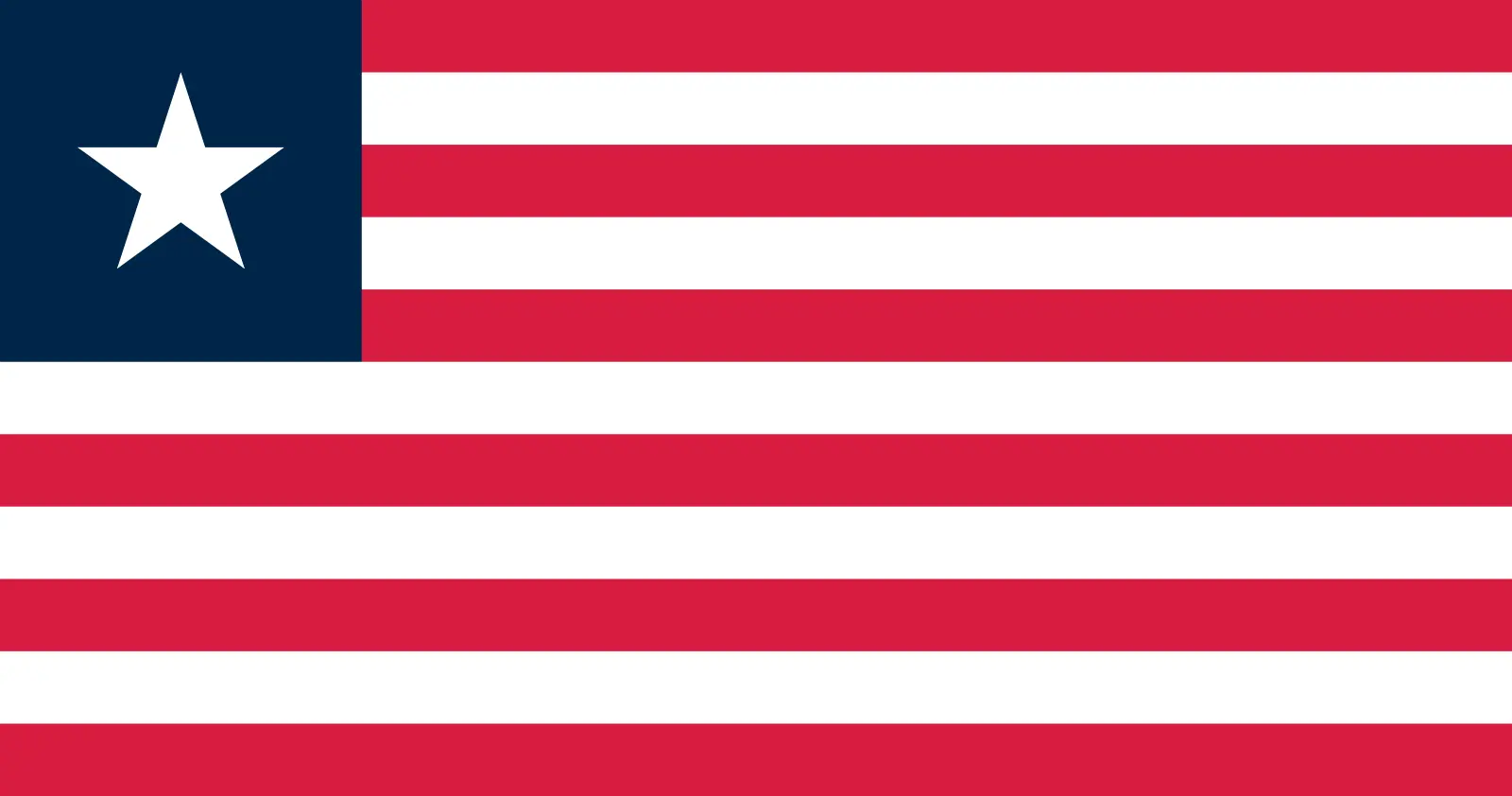 Liberia (+231)
Liberia (+231)
 Libya (+218)
Libya (+218)
 Liechtenstein (+423)
Liechtenstein (+423)
 Lithuania (+370)
Lithuania (+370)
 Luxembourg (+352)
Luxembourg (+352)
 Macao (+853)
Macao (+853)
 Madagascar (+261)
Madagascar (+261)
 Malawi (+265)
Malawi (+265)
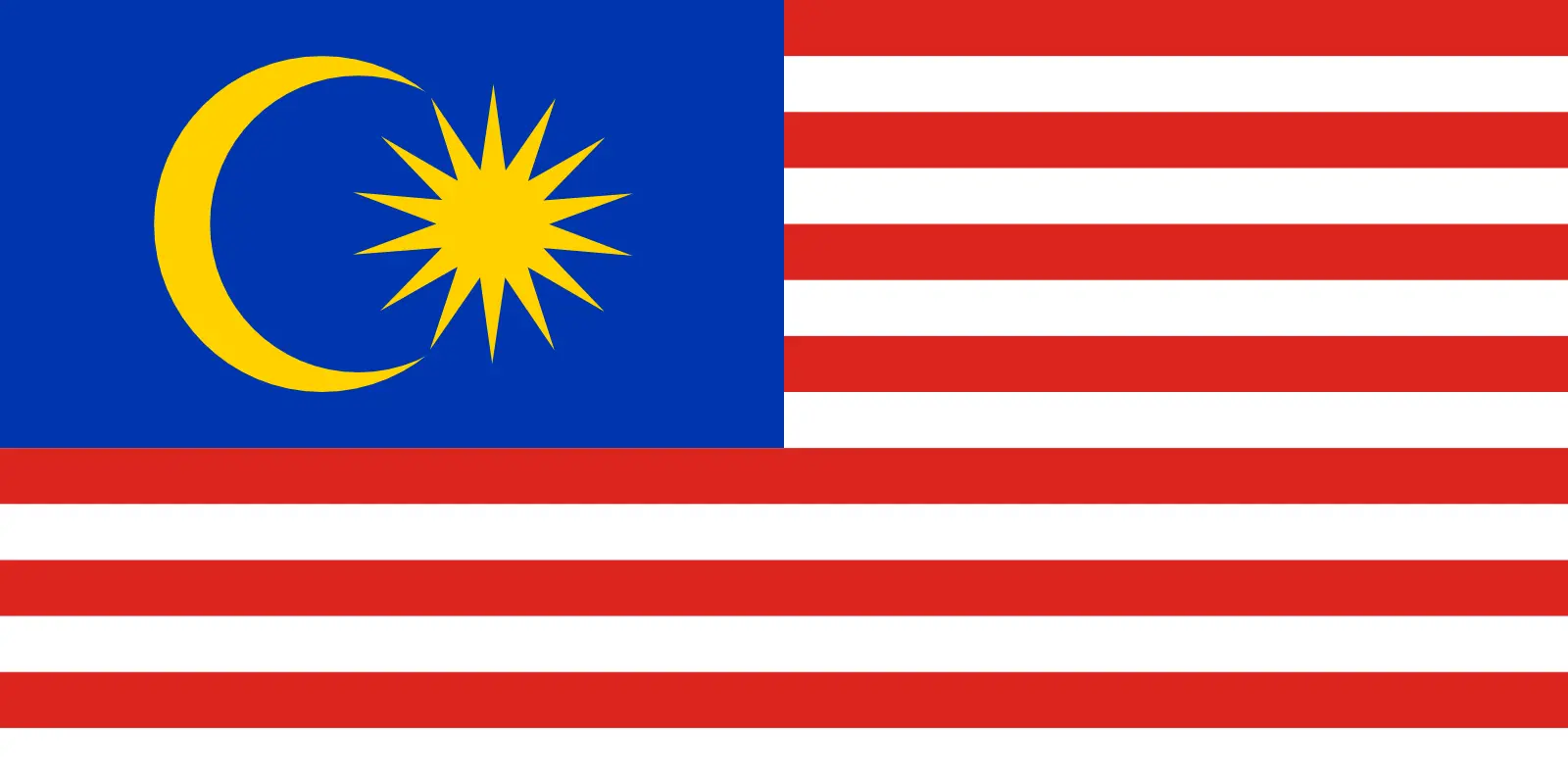 Malaysia (+60)
Malaysia (+60)
 Maldives (+960)
Maldives (+960)
 Mali (+223)
Mali (+223)
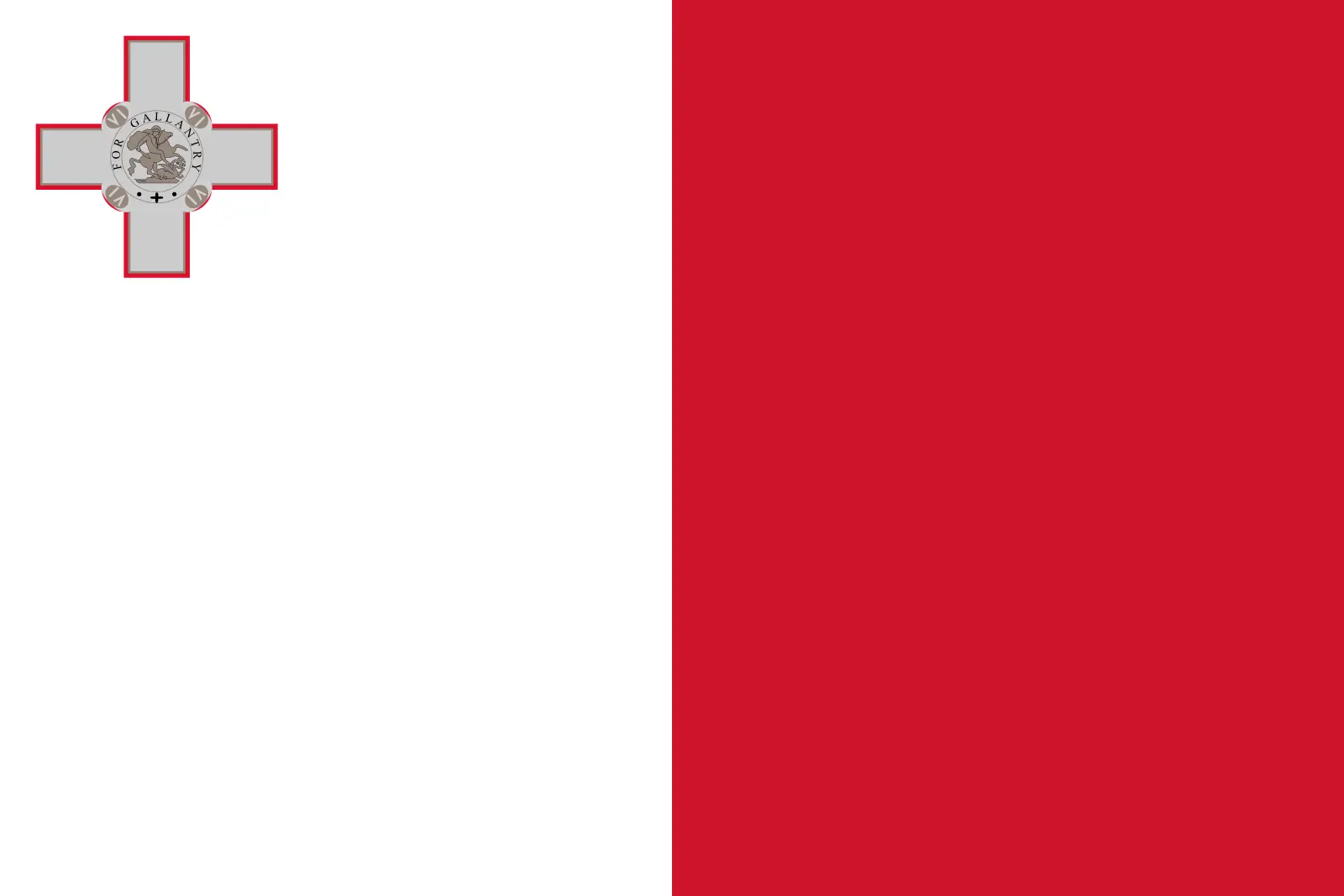 Malta (+356)
Malta (+356)
 Marshall Islands (+692)
Marshall Islands (+692)
 Mauritania (+222)
Mauritania (+222)
 Mauritius (+230)
Mauritius (+230)
 Mayotte (+262)
Mayotte (+262)
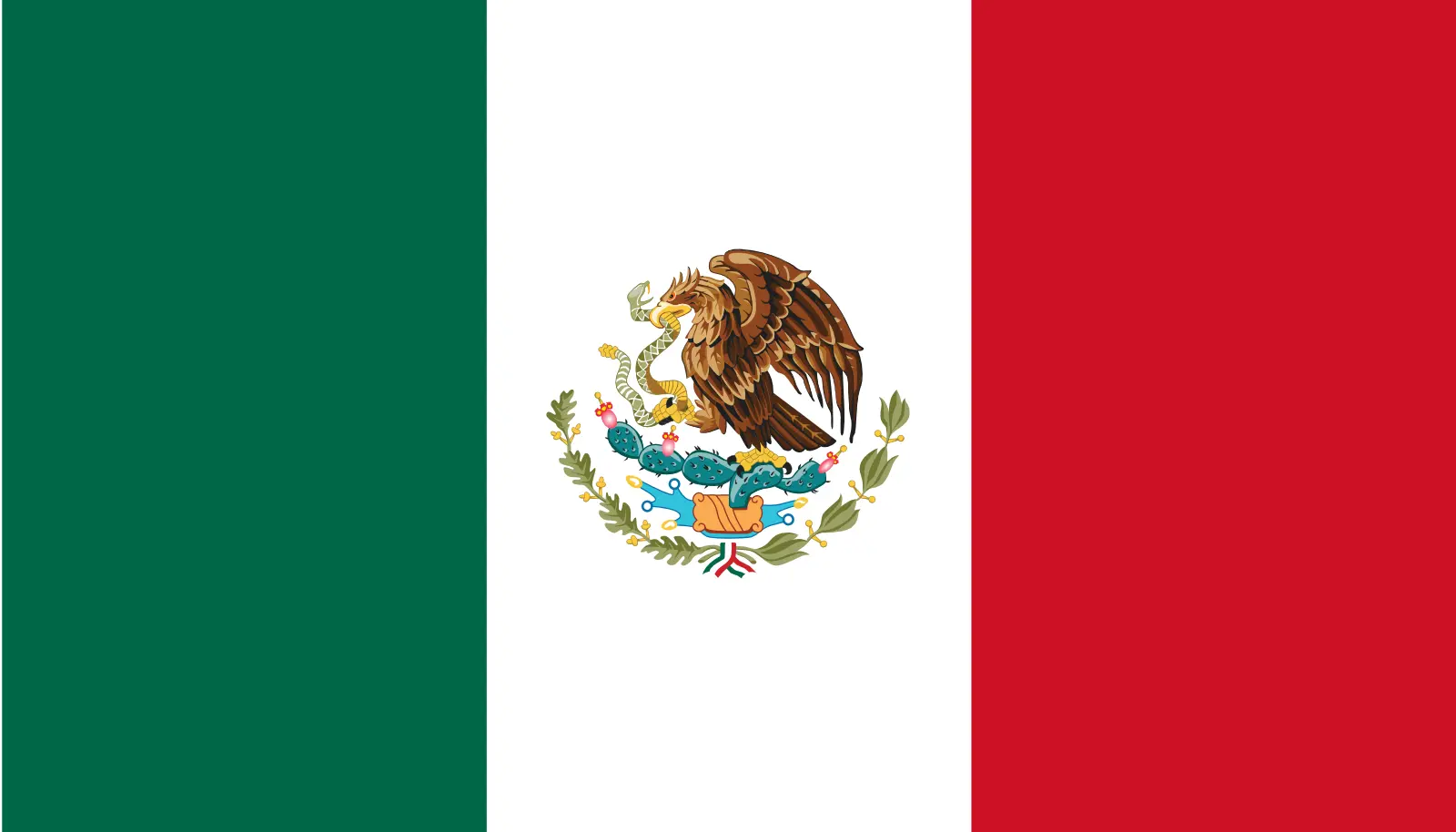 Mexico (+52)
Mexico (+52)
 Micronesia (+691)
Micronesia (+691)
 Moldova (+373)
Moldova (+373)
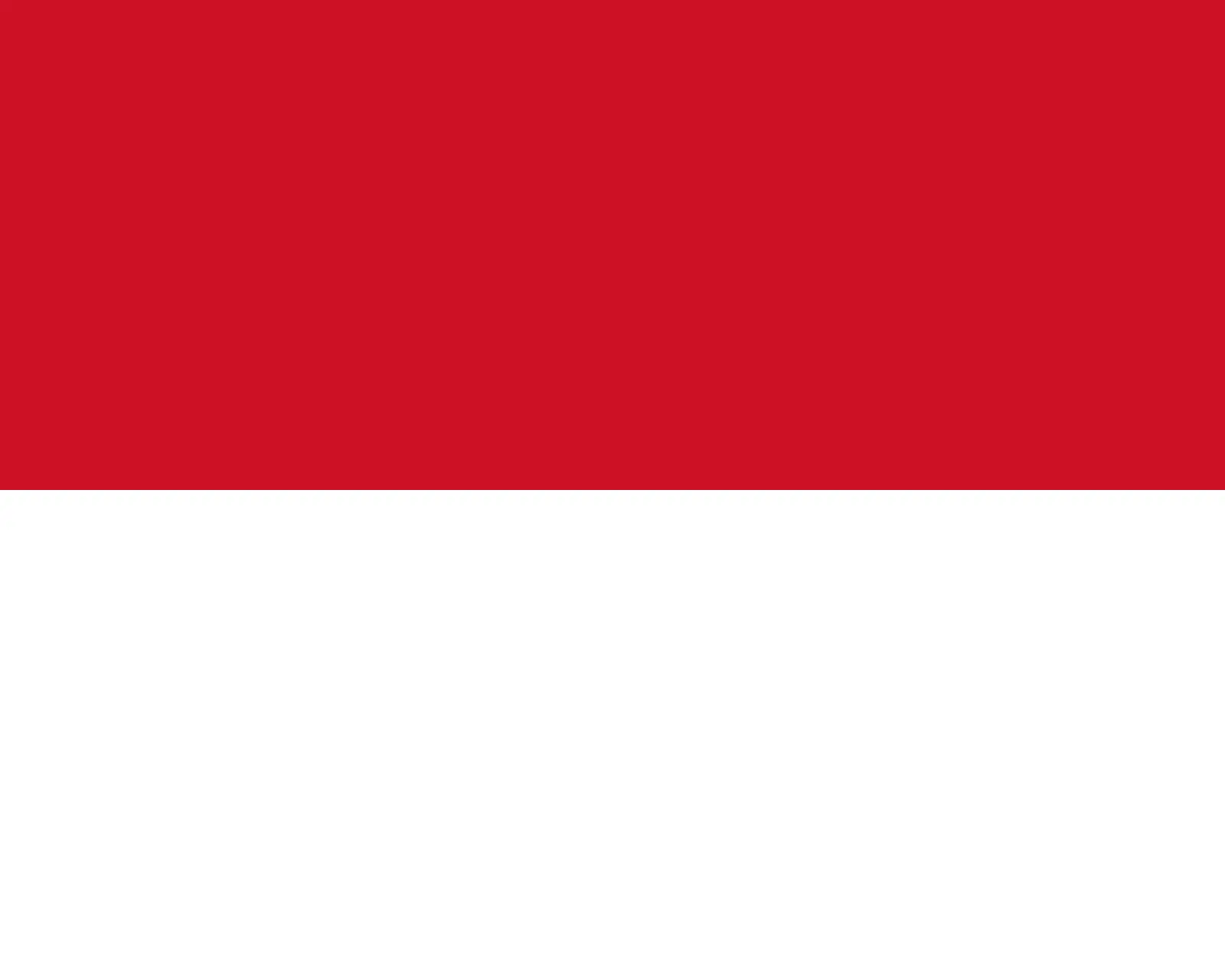 Monaco (+377)
Monaco (+377)
 Mongolia (+976)
Mongolia (+976)
 Montenegro (+382)
Montenegro (+382)
 Montserrat (+1664)
Montserrat (+1664)
 Morocco (+212)
Morocco (+212)
 Mozambique (+258)
Mozambique (+258)
 Myanmar (+95)
Myanmar (+95)
 Namibia (+264)
Namibia (+264)
 Nauru (+674)
Nauru (+674)
 Nepal (+977)
Nepal (+977)
 Netherlands (+31)
Netherlands (+31)
 New Caledonia (+687)
New Caledonia (+687)
 New Zealand (+64)
New Zealand (+64)
 Nicaragua (+505)
Nicaragua (+505)
 Niger (+227)
Niger (+227)
 Nigeria (+234)
Nigeria (+234)
 Niue (+683)
Niue (+683)
 Norfolk Island (+672)
Norfolk Island (+672)
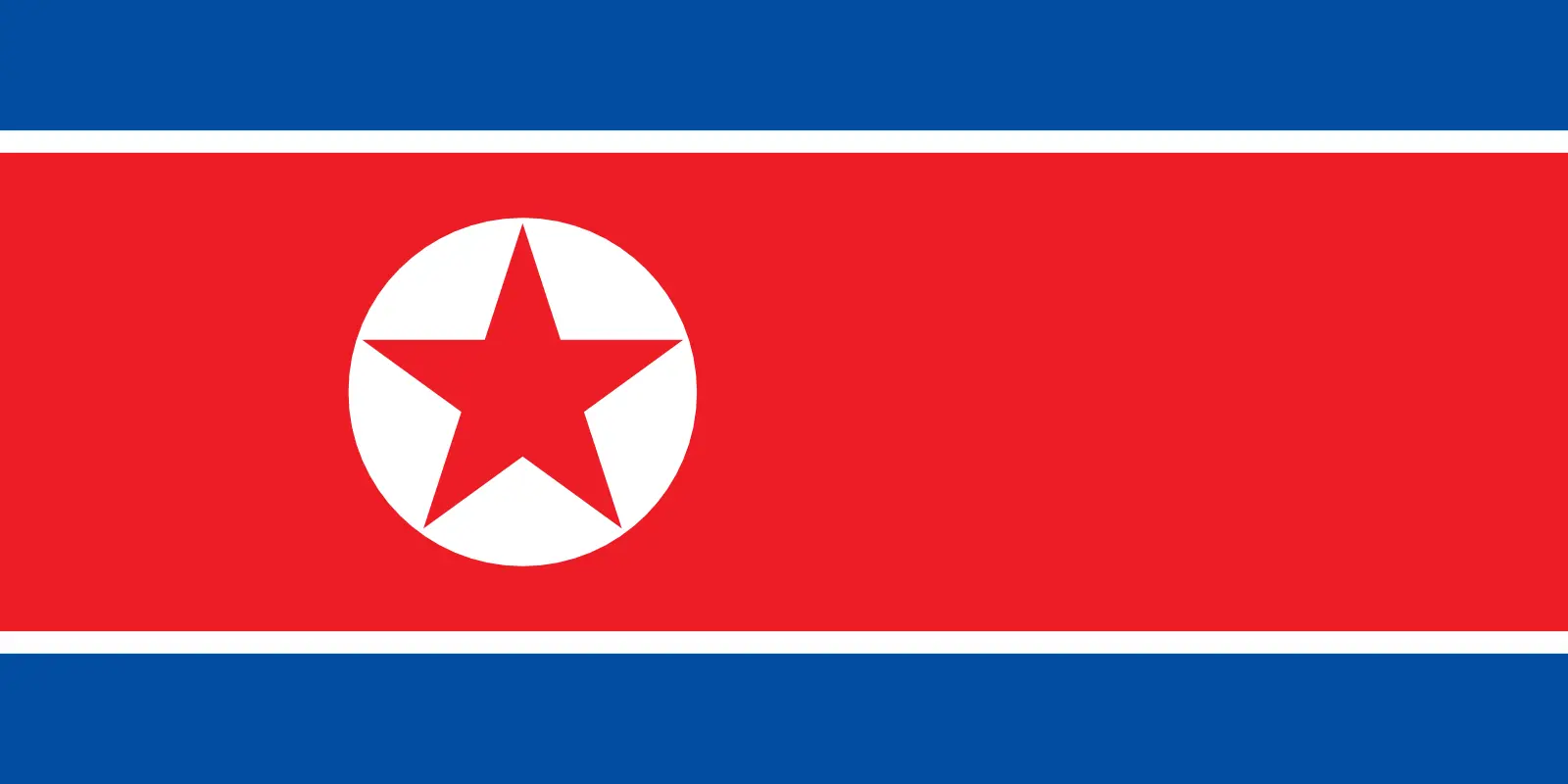 North Korea (+850)
North Korea (+850)
 Northern Mariana Islands (+1670)
Northern Mariana Islands (+1670)
 Norway (+47)
Norway (+47)
 Oman (+968)
Oman (+968)
 Pakistan (+92)
Pakistan (+92)
 Palau (+680)
Palau (+680)
 Palestine (+970)
Palestine (+970)
 Panama (+507)
Panama (+507)
 Papua New Guinea (+675)
Papua New Guinea (+675)
 Paraguay (+595)
Paraguay (+595)
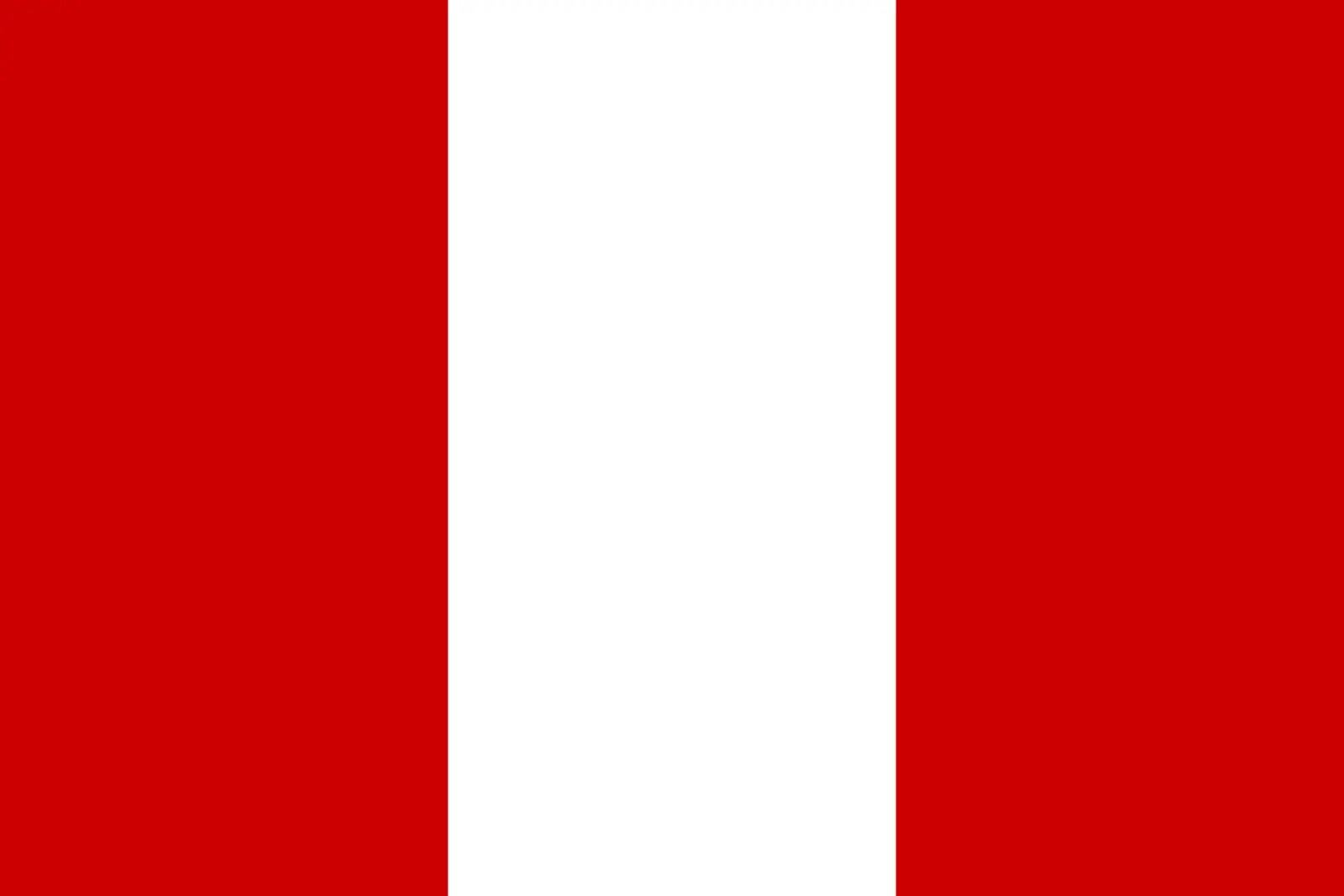 Peru (+51)
Peru (+51)
 Philippines (+63)
Philippines (+63)
 Poland (+48)
Poland (+48)
 Portugal (+351)
Portugal (+351)
 Puerto Rico (+1787)
Puerto Rico (+1787)
 Qatar (+974)
Qatar (+974)
 Romania (+40)
Romania (+40)
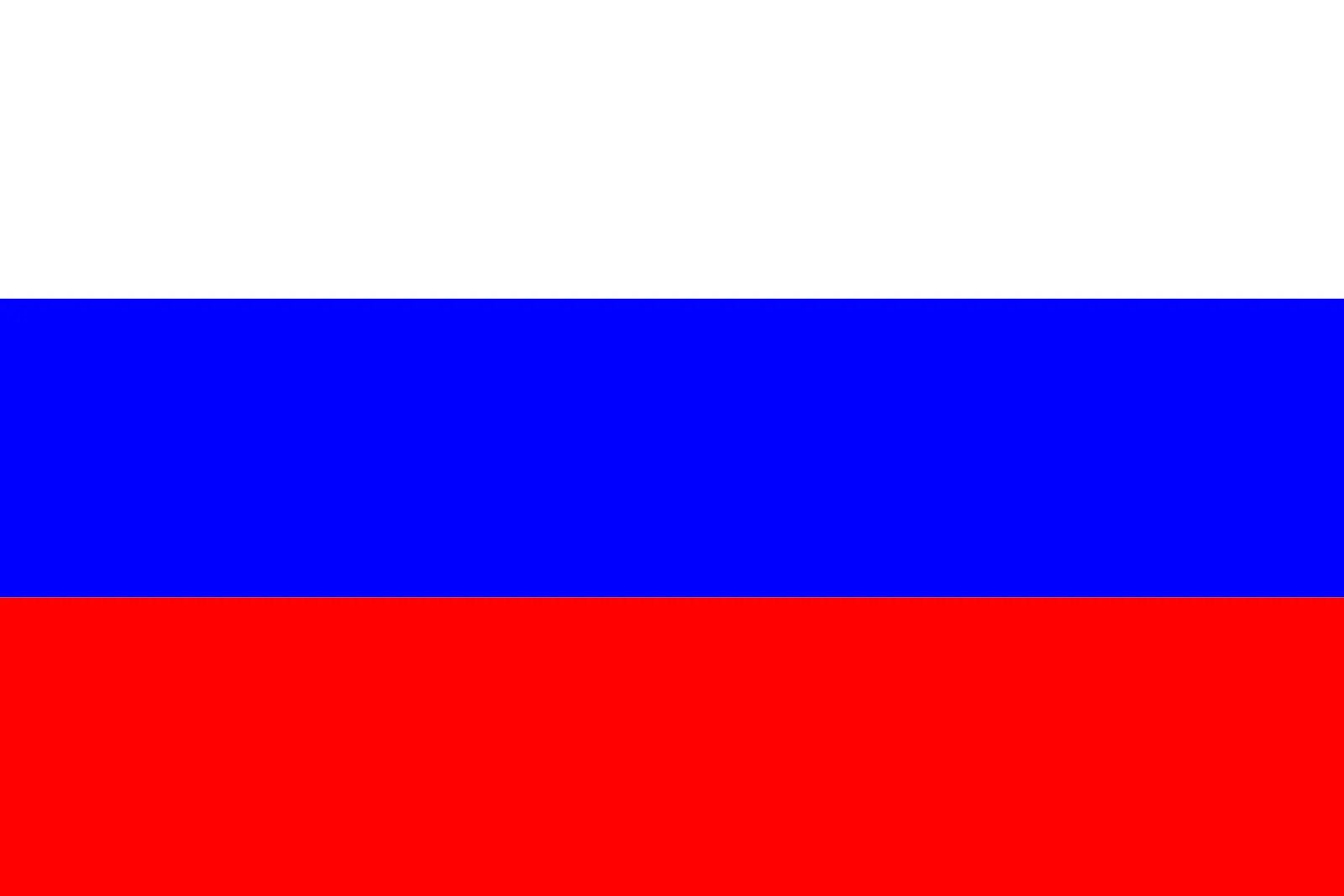 Russia (+7)
Russia (+7)
 Rwanda (+250)
Rwanda (+250)
 Saint Barthélemy (+590)
Saint Barthélemy (+590)
 Saint Helena, Ascension and Tristan da Cunha (+290)
Saint Helena, Ascension and Tristan da Cunha (+290)
 Saint Kitts and Nevis (+1869)
Saint Kitts and Nevis (+1869)
 Saint Lucia (+1758)
Saint Lucia (+1758)
 Saint Martin (French part) (+590)
Saint Martin (French part) (+590)
 Saint Pierre and Miquelon (+508)
Saint Pierre and Miquelon (+508)
 Saint Vincent and the Grenadines (+1784)
Saint Vincent and the Grenadines (+1784)
 Samoa (+685)
Samoa (+685)
 San Marino (+378)
San Marino (+378)
 Sao Tome and Principe (+239)
Sao Tome and Principe (+239)
 Saudi Arabia (+966)
Saudi Arabia (+966)
 Senegal (+221)
Senegal (+221)
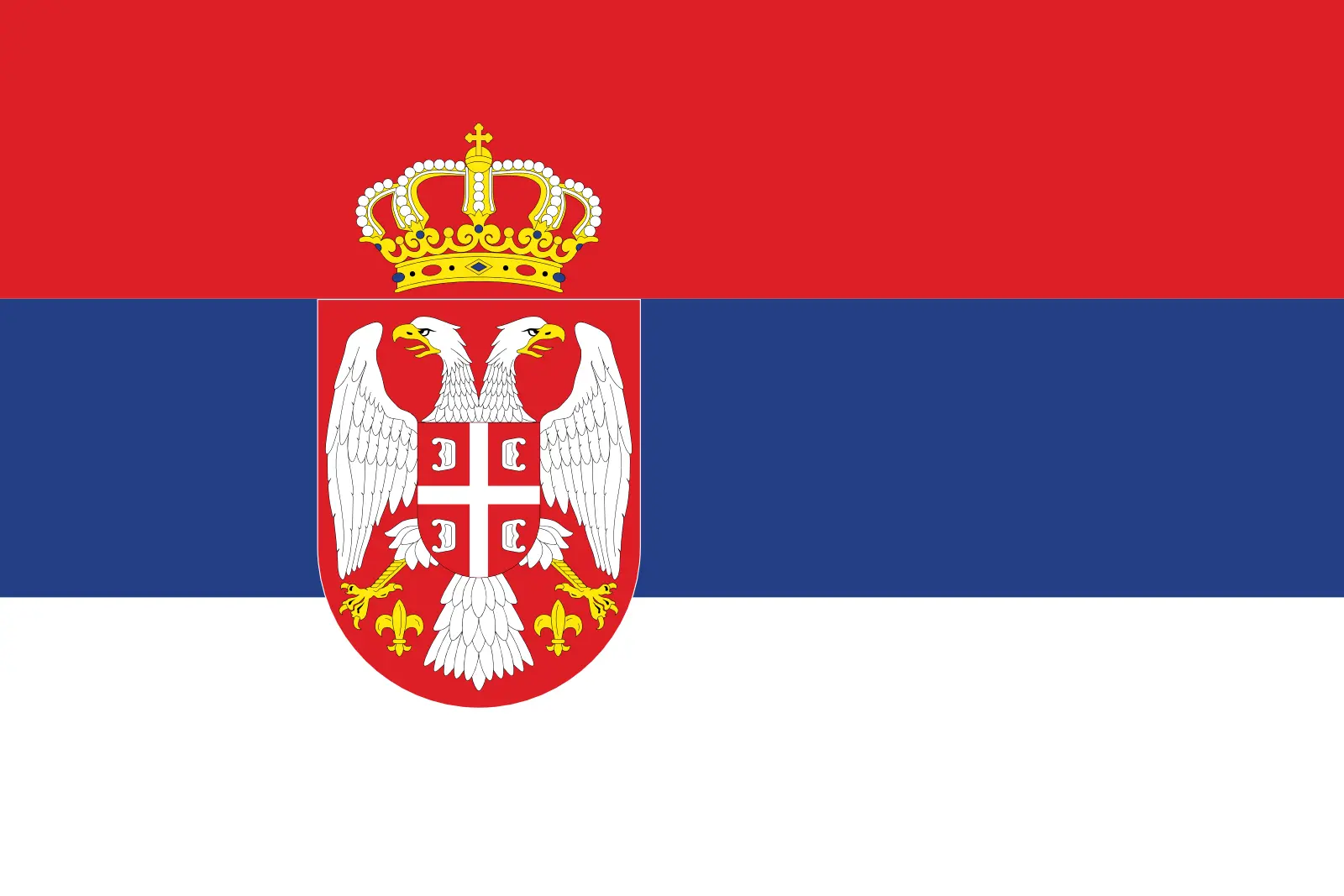 Serbia (+381)
Serbia (+381)
 Seychelles (+248)
Seychelles (+248)
 Sierra Leone (+232)
Sierra Leone (+232)
 Singapore (+65)
Singapore (+65)
 Sint Maarten (Dutch part) (+1721)
Sint Maarten (Dutch part) (+1721)
 Slovakia (+421)
Slovakia (+421)
 Slovenia (+386)
Slovenia (+386)
 Solomon Islands (+677)
Solomon Islands (+677)
 Somalia (+252)
Somalia (+252)
 South Africa (+27)
South Africa (+27)
 South Georgia and the South Sandwich Islands (+0)
South Georgia and the South Sandwich Islands (+0)
 South Korea (+82)
South Korea (+82)
 South Sudan (+211)
South Sudan (+211)
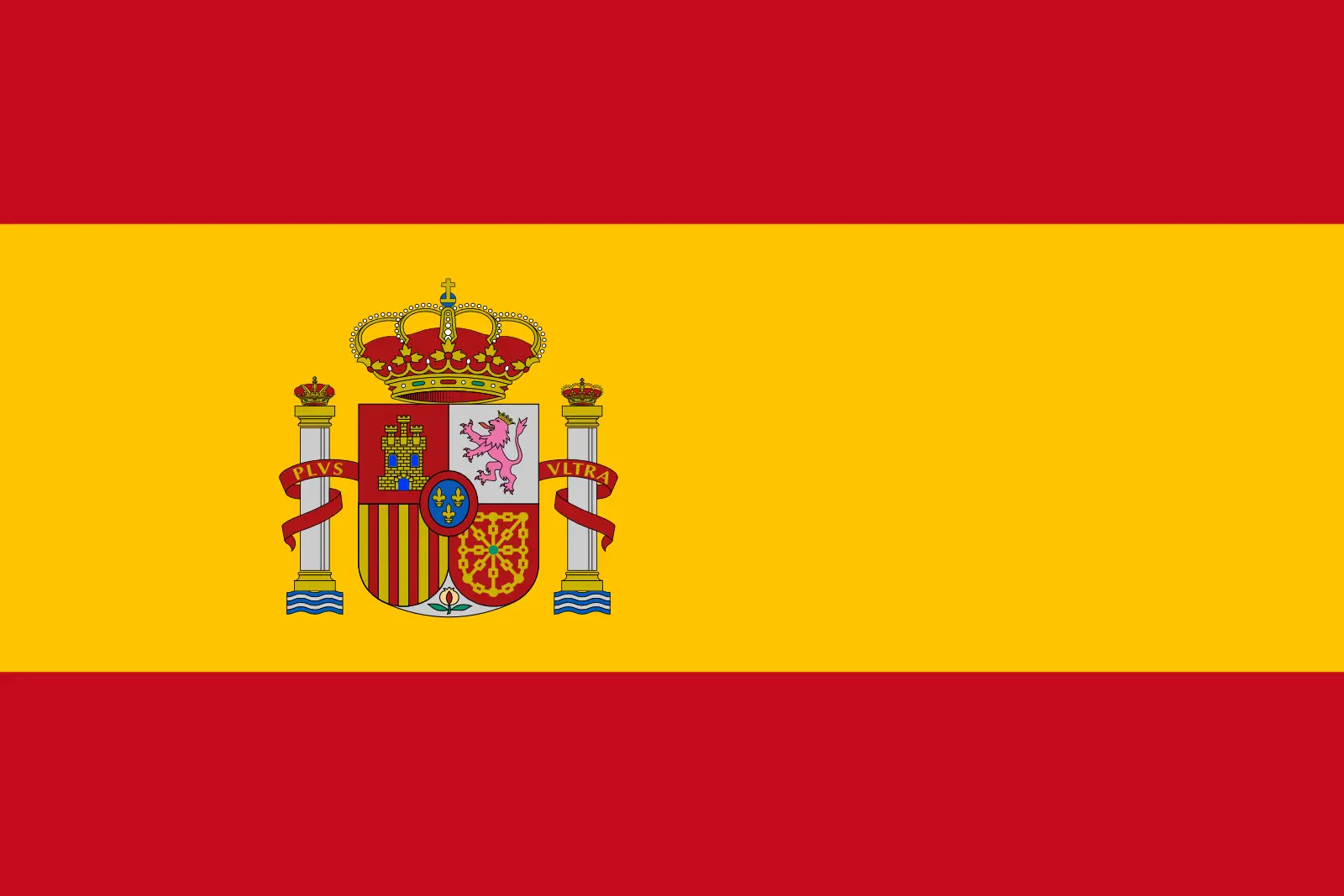 Spain (+34)
Spain (+34)
 Sri Lanka (+94)
Sri Lanka (+94)
 Sudan (+249)
Sudan (+249)
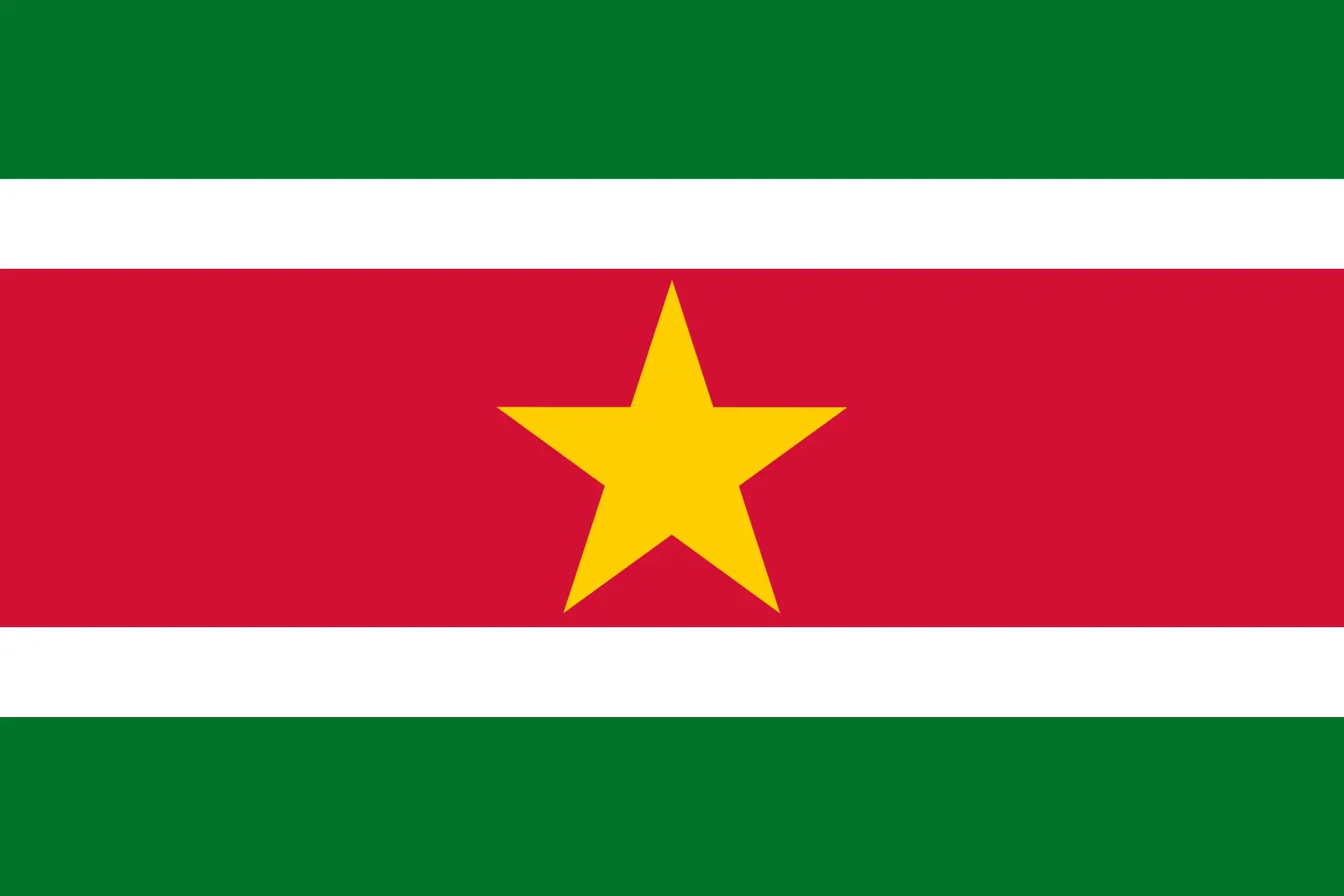 Suriname (+597)
Suriname (+597)
 Svalbard and Jan Mayen (+47)
Svalbard and Jan Mayen (+47)
 Eswatini (+268)
Eswatini (+268)
 Sweden (+46)
Sweden (+46)
 Switzerland (+41)
Switzerland (+41)
 Syria (+963)
Syria (+963)
 Taiwan (+886)
Taiwan (+886)
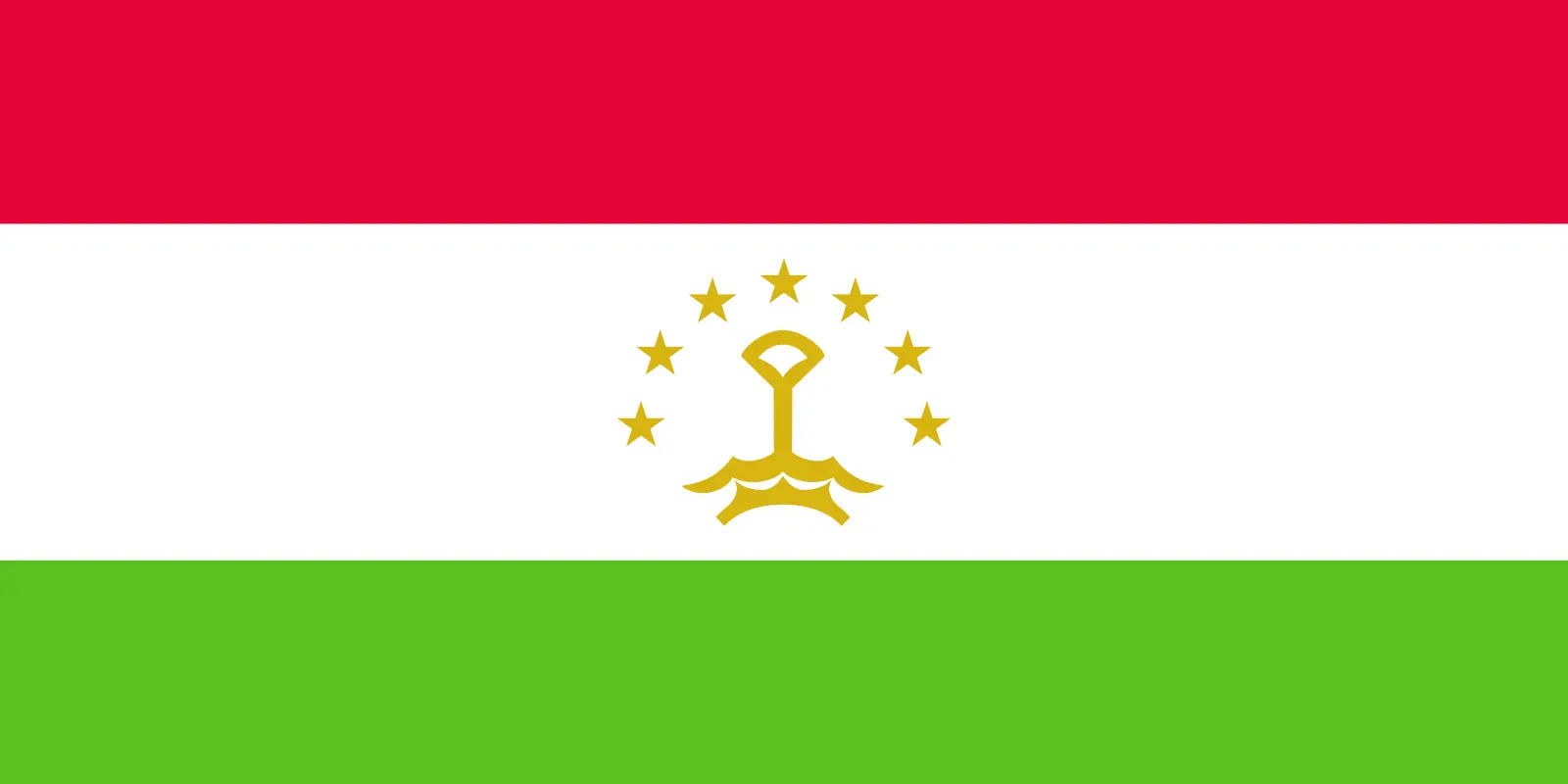 Tajikistan (+992)
Tajikistan (+992)
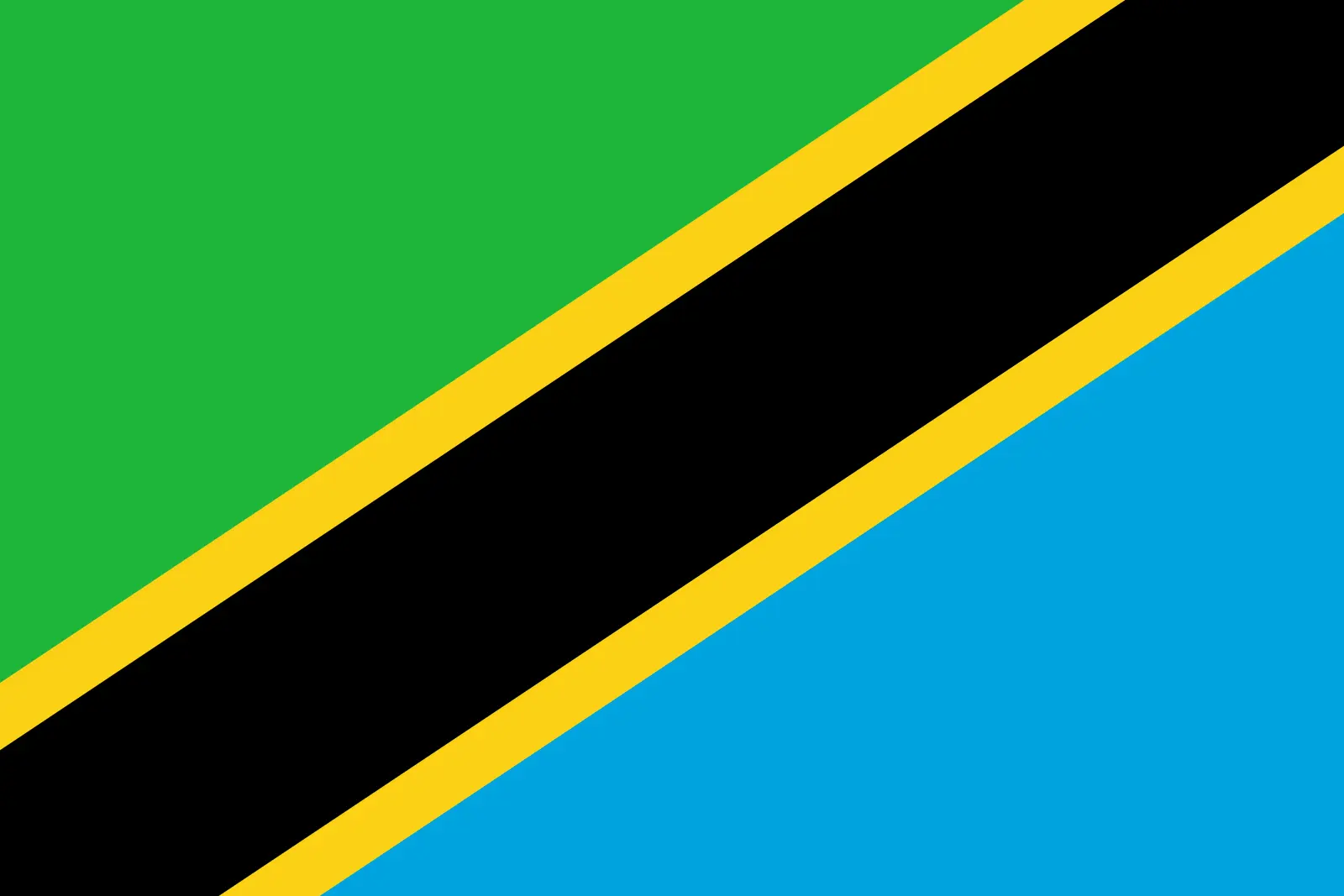 Tanzania (+255)
Tanzania (+255)
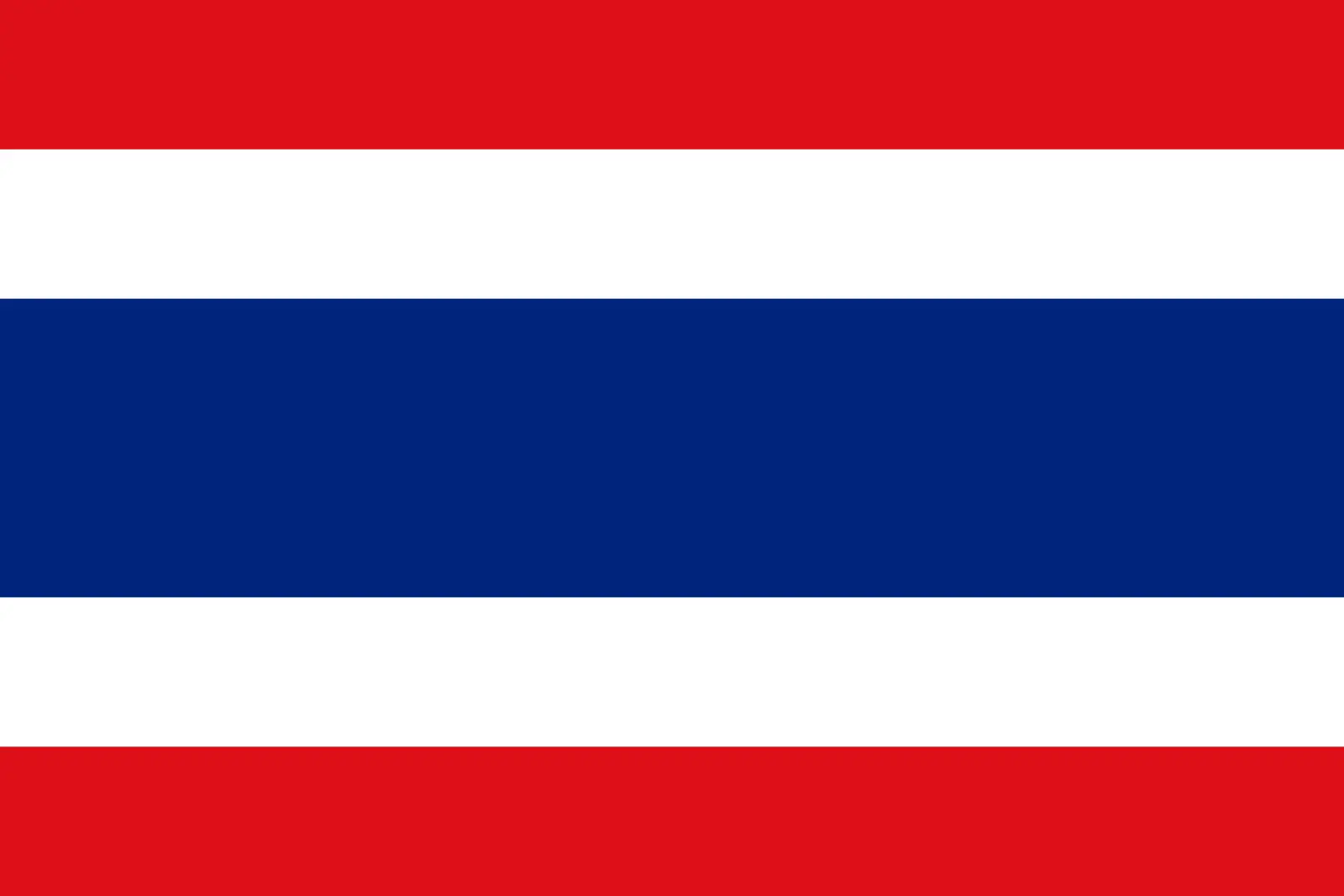 Thailand (+66)
Thailand (+66)
 Togo (+228)
Togo (+228)
 Tokelau (+690)
Tokelau (+690)
 Tonga (+676)
Tonga (+676)
 Trinidad and Tobago (+1868)
Trinidad and Tobago (+1868)
 Tunisia (+216)
Tunisia (+216)
 Turkey (+90)
Turkey (+90)
 Turkmenistan (+993)
Turkmenistan (+993)
 Turks and Caicos Islands (+1649)
Turks and Caicos Islands (+1649)
 Tuvalu (+688)
Tuvalu (+688)
 Uganda (+256)
Uganda (+256)
 Ukraine (+380)
Ukraine (+380)
 United Arab Emirates (+971)
United Arab Emirates (+971)
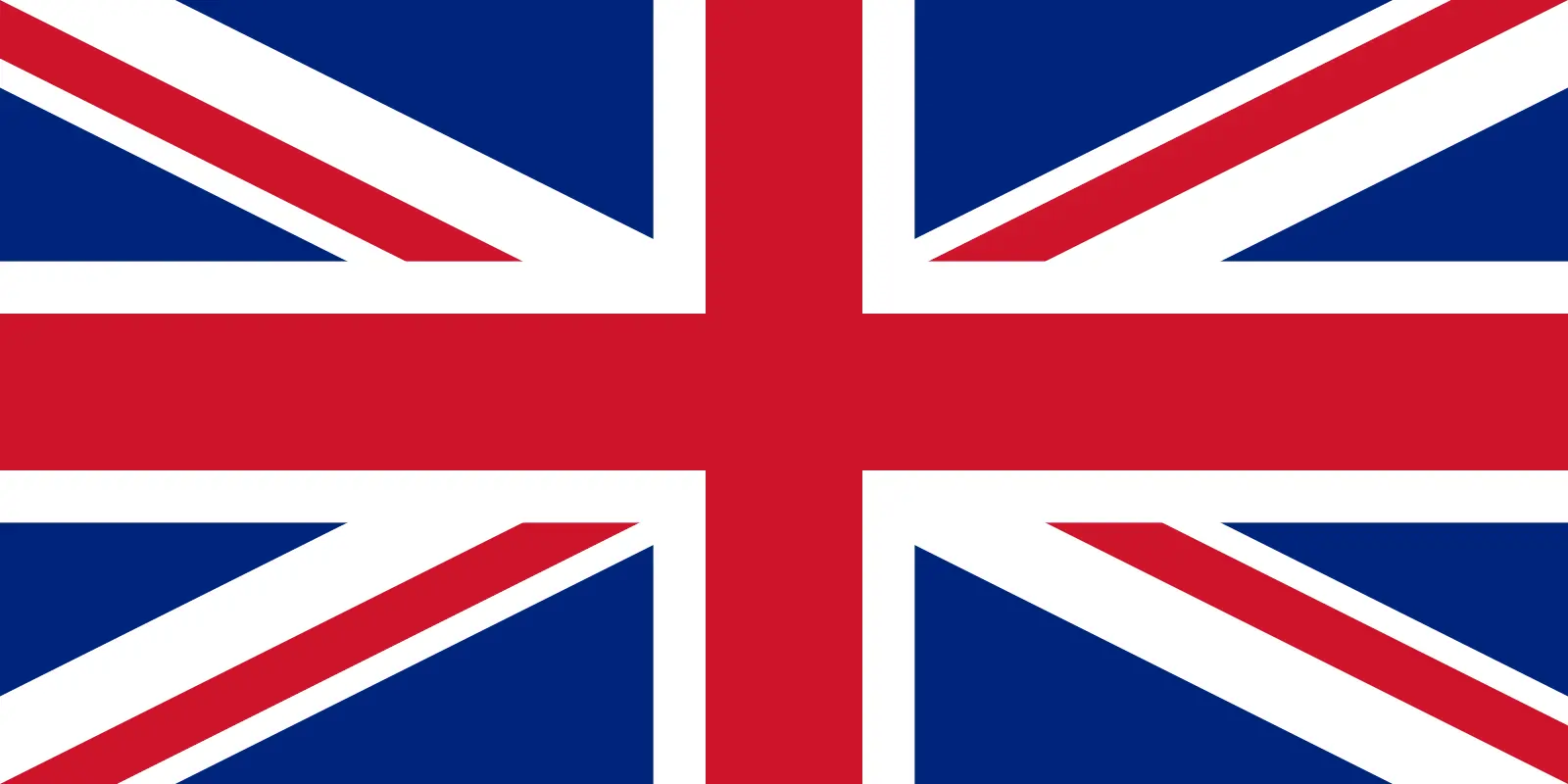 United Kingdom (+44)
United Kingdom (+44)
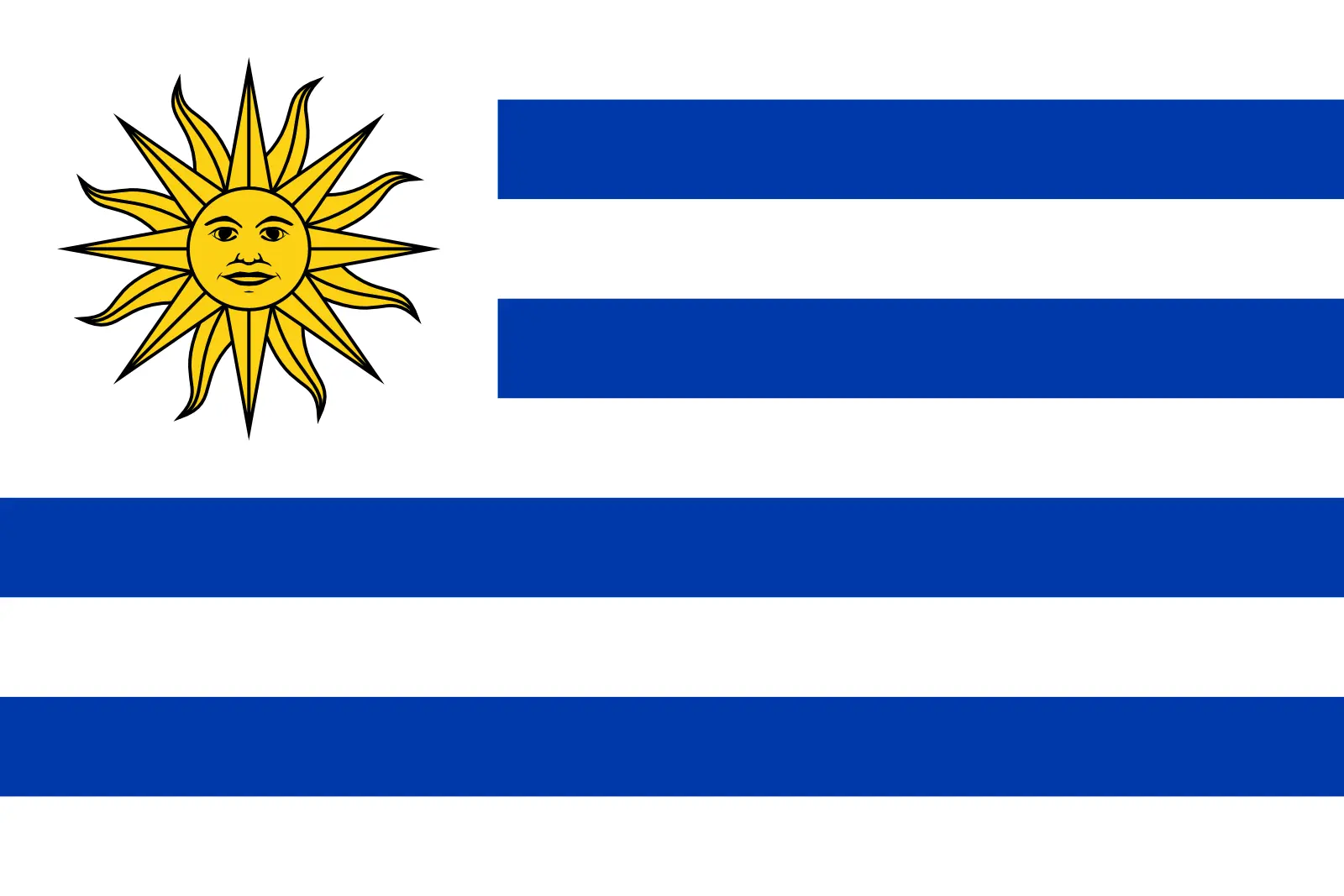 Uruguay (+598)
Uruguay (+598)
 Uzbekistan (+998)
Uzbekistan (+998)
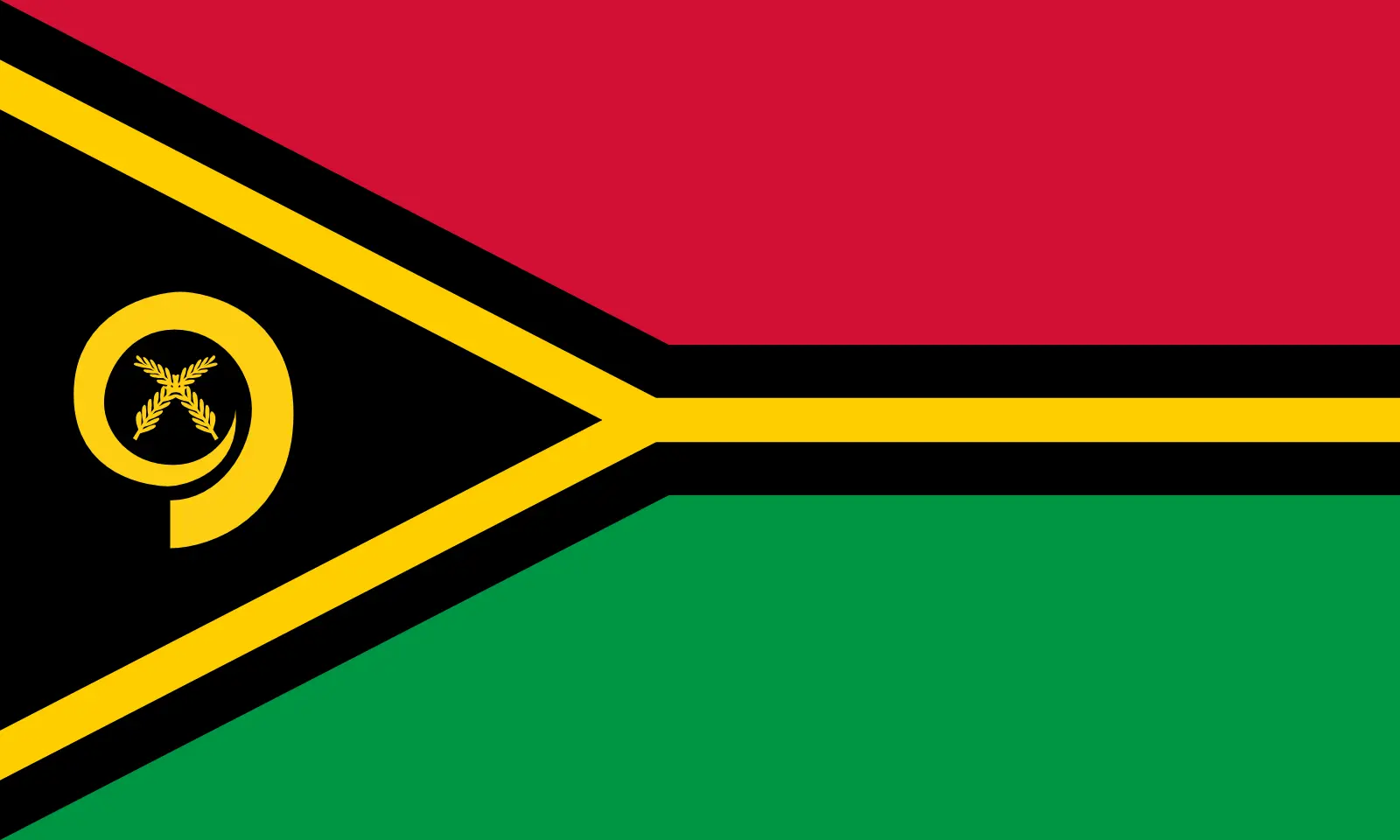 Vanuatu (+678)
Vanuatu (+678)
 Vatican City (+39)
Vatican City (+39)
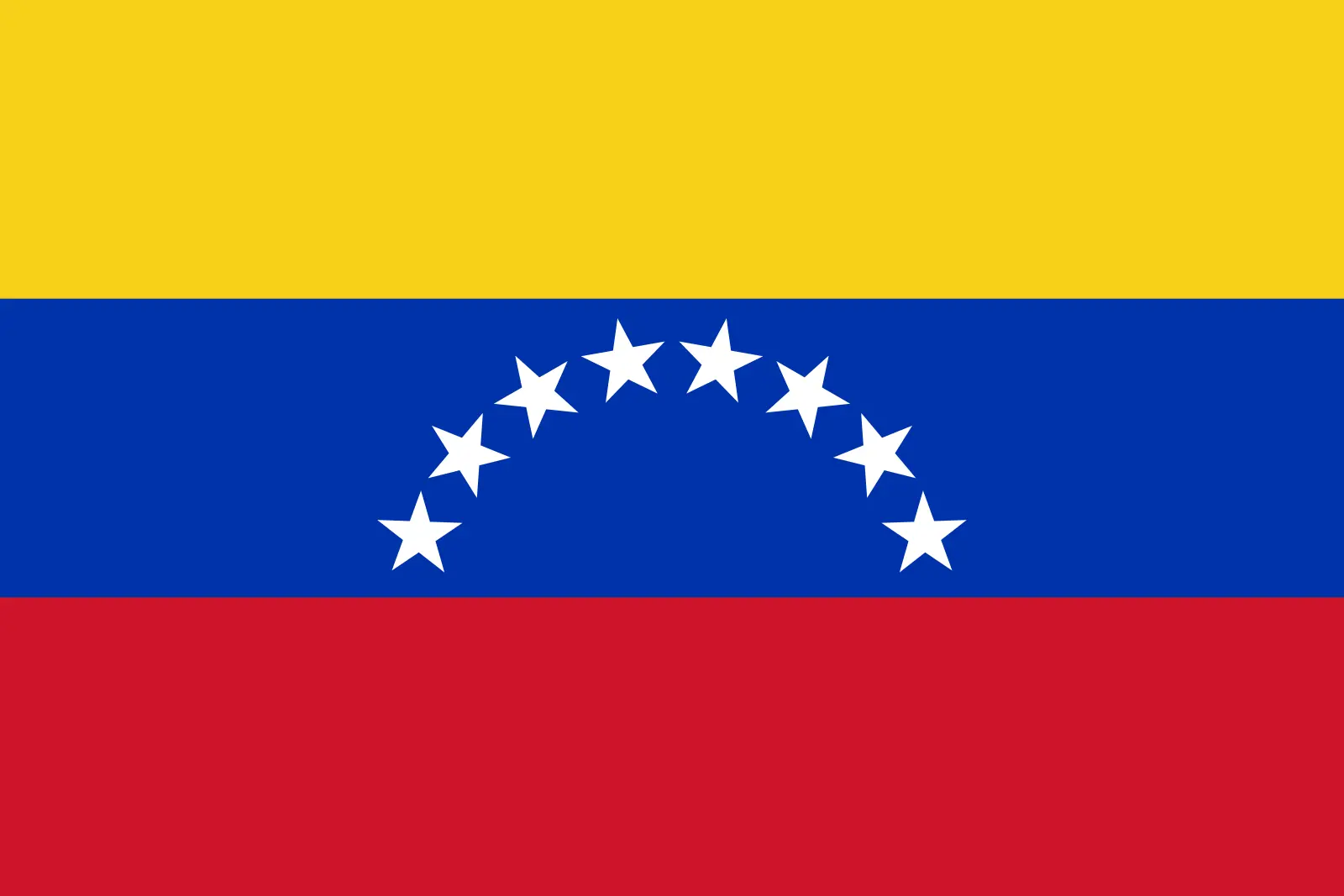 Venezuela (Bolivarian Republic of) (+58)
Venezuela (Bolivarian Republic of) (+58)
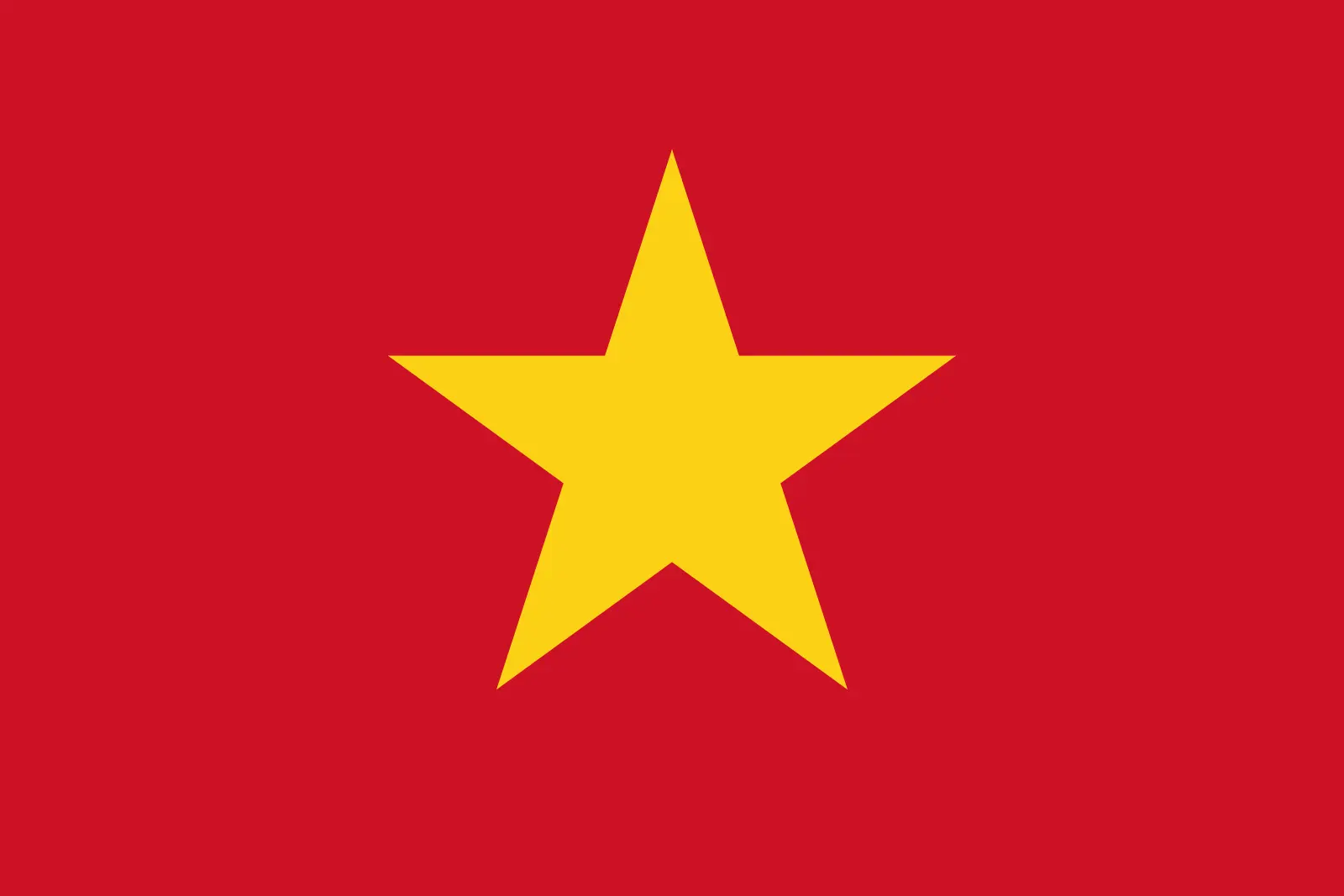 Vietnam (+84)
Vietnam (+84)
 Wallis and Futuna (+681)
Wallis and Futuna (+681)
 Western Sahara (+212)
Western Sahara (+212)
 Yemen (+967)
Yemen (+967)
 Zambia (+260)
Zambia (+260)
 Zimbabwe (+263)
Zimbabwe (+263)
